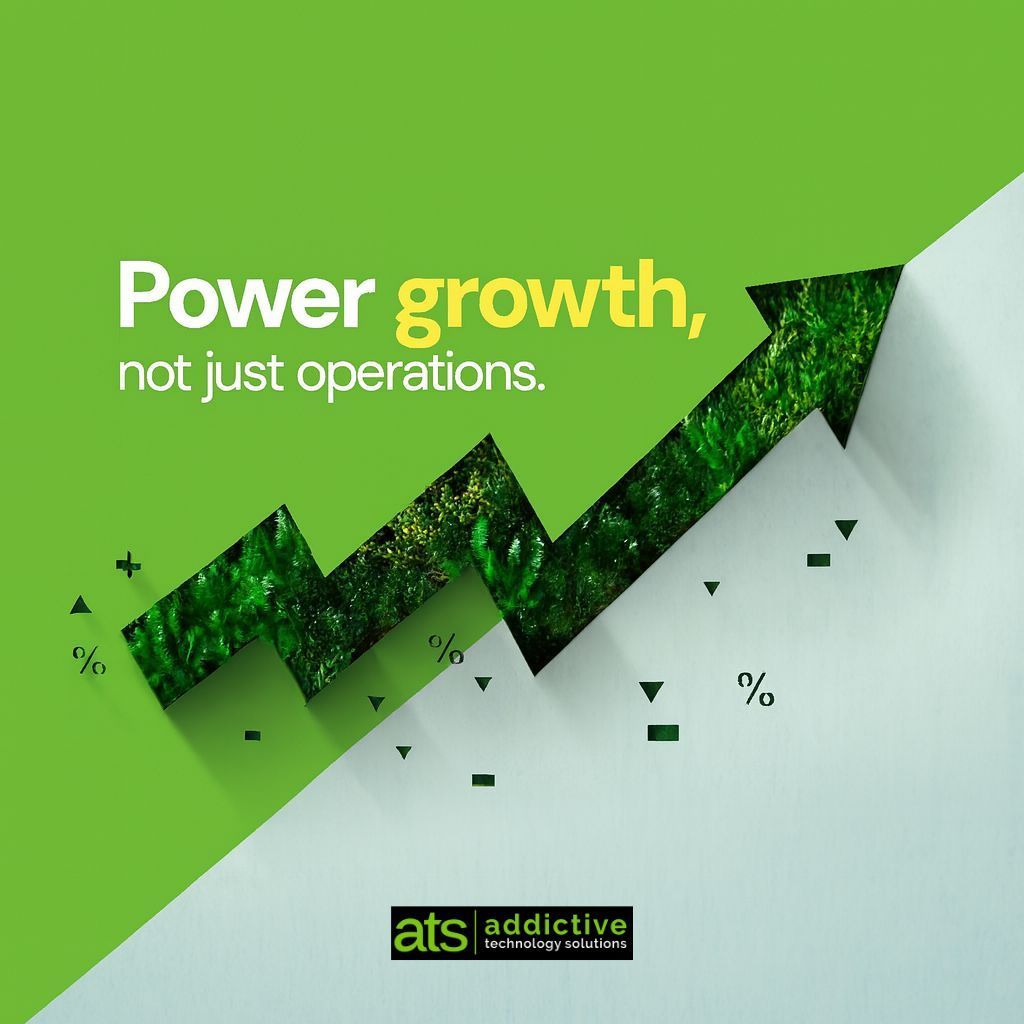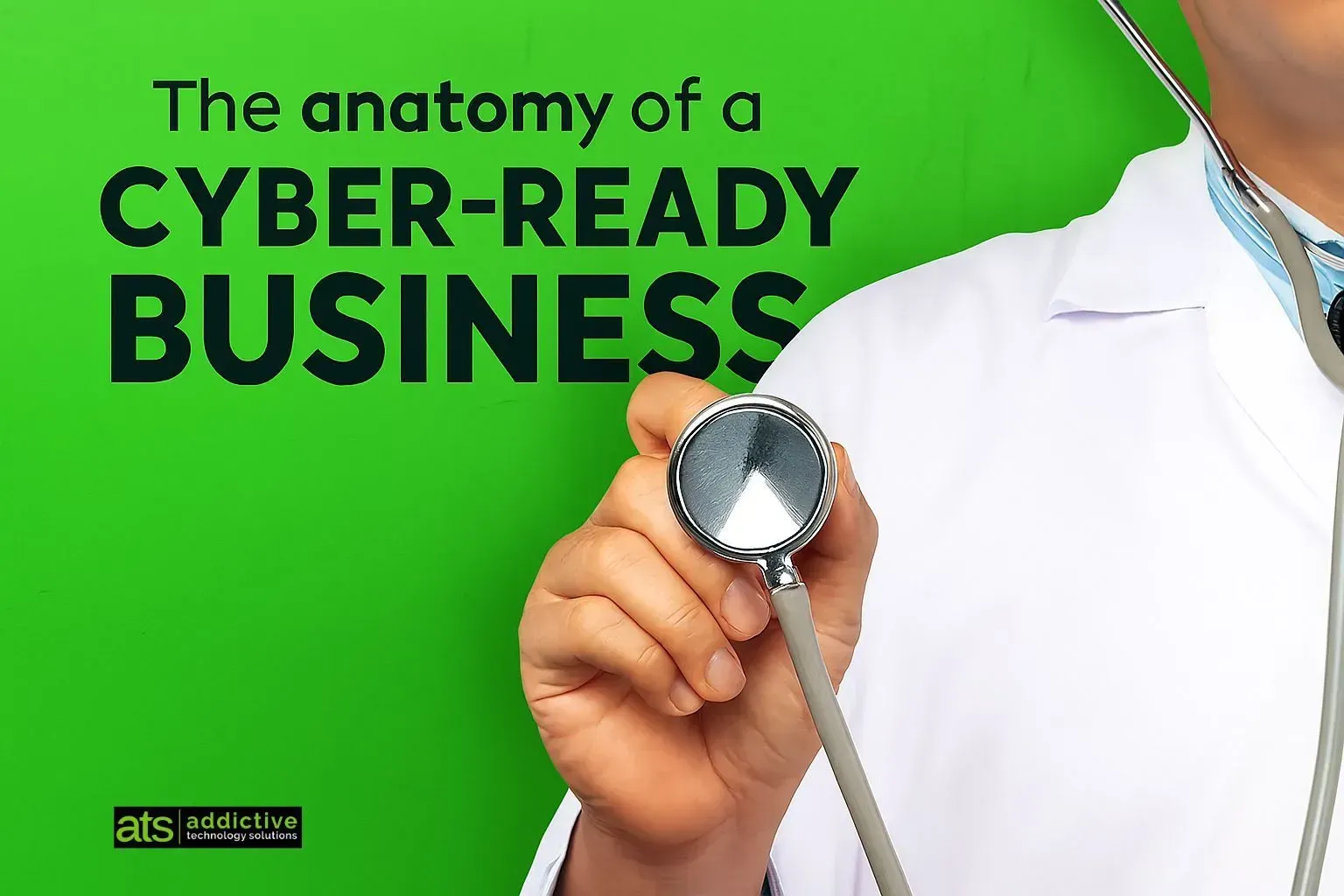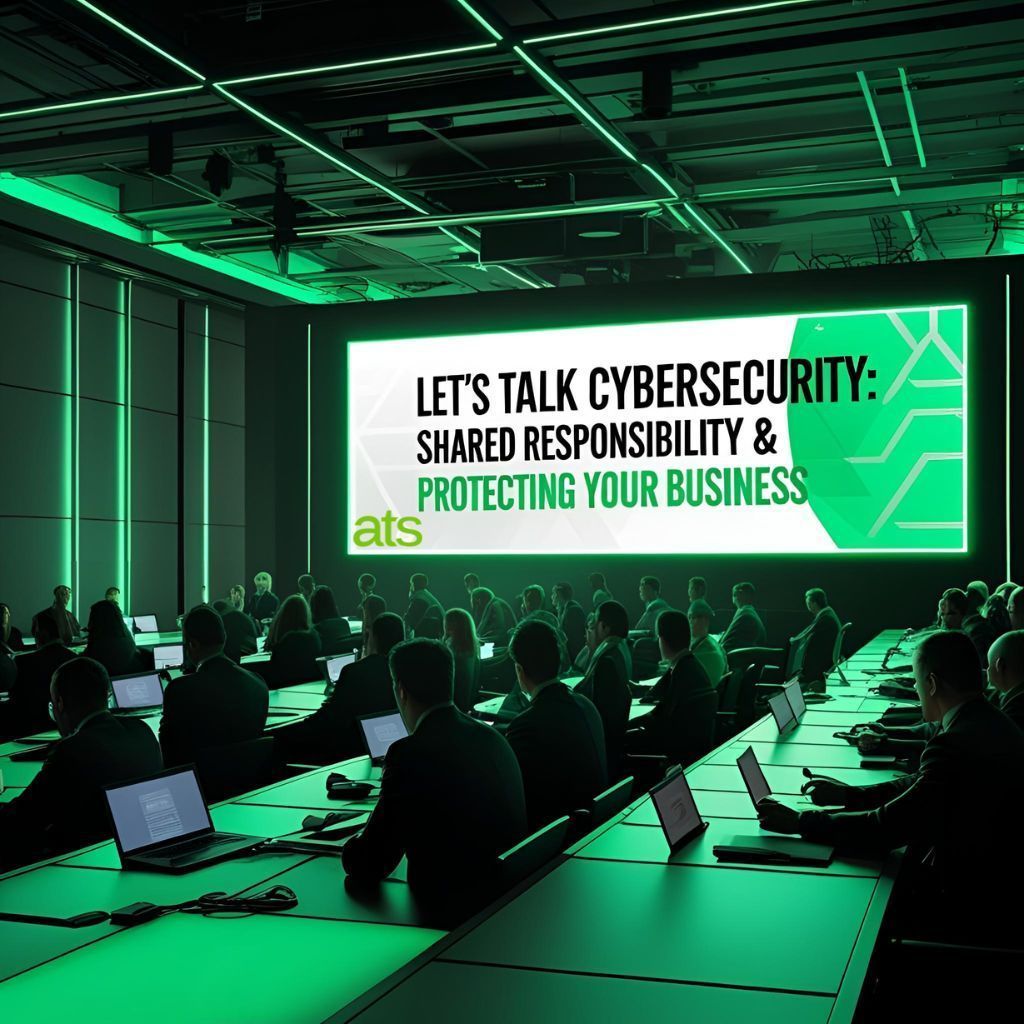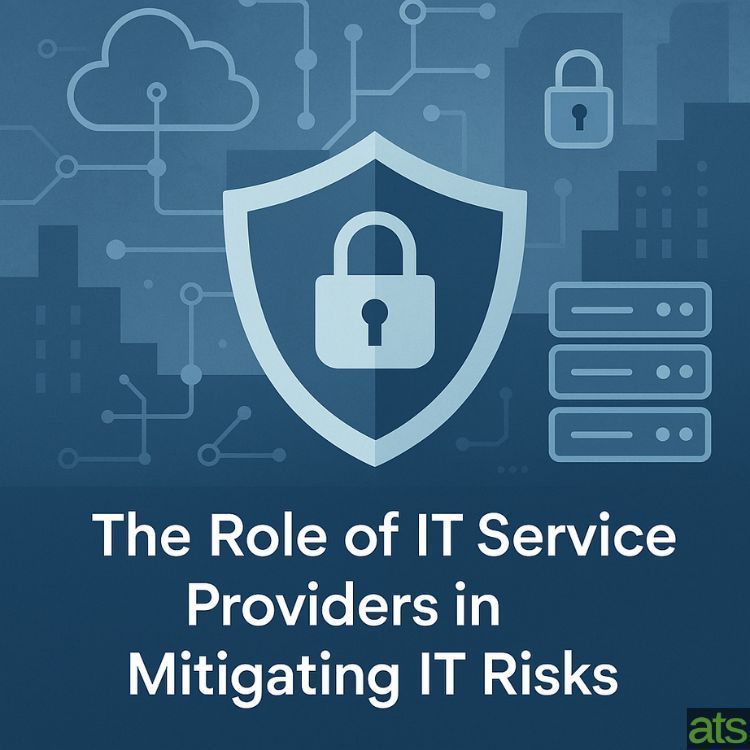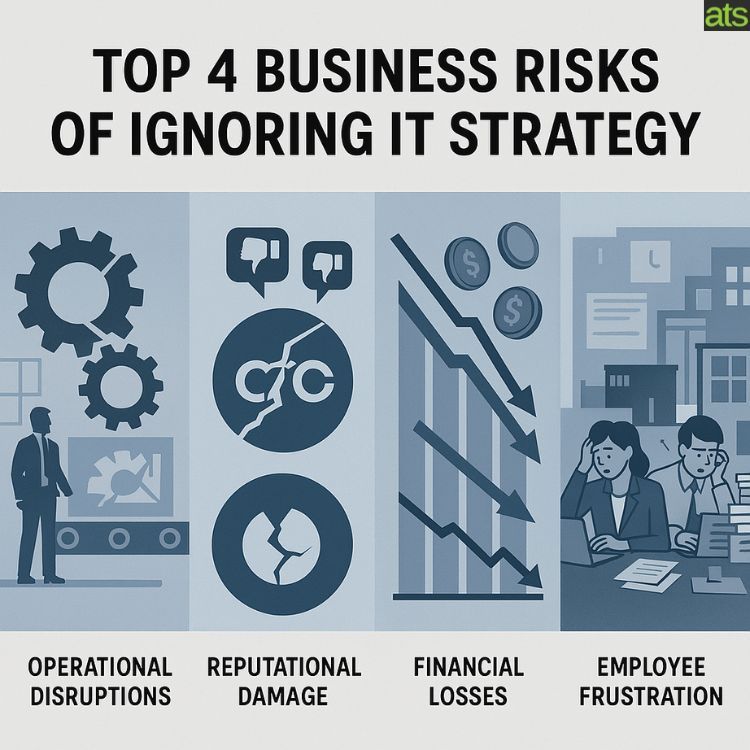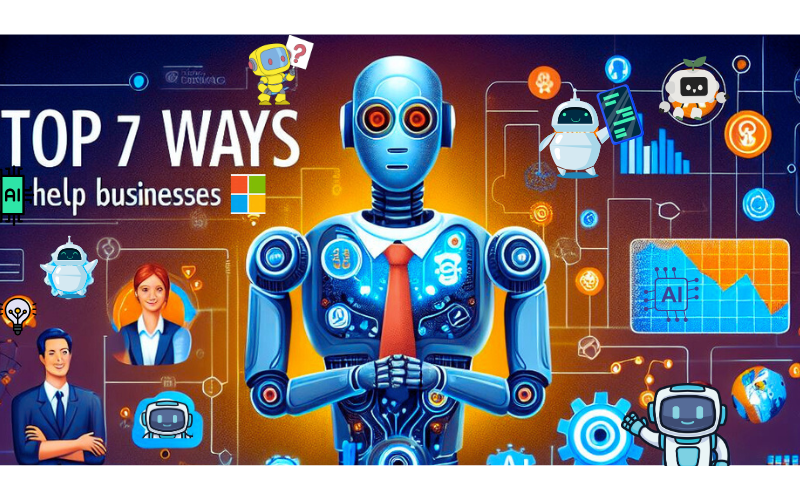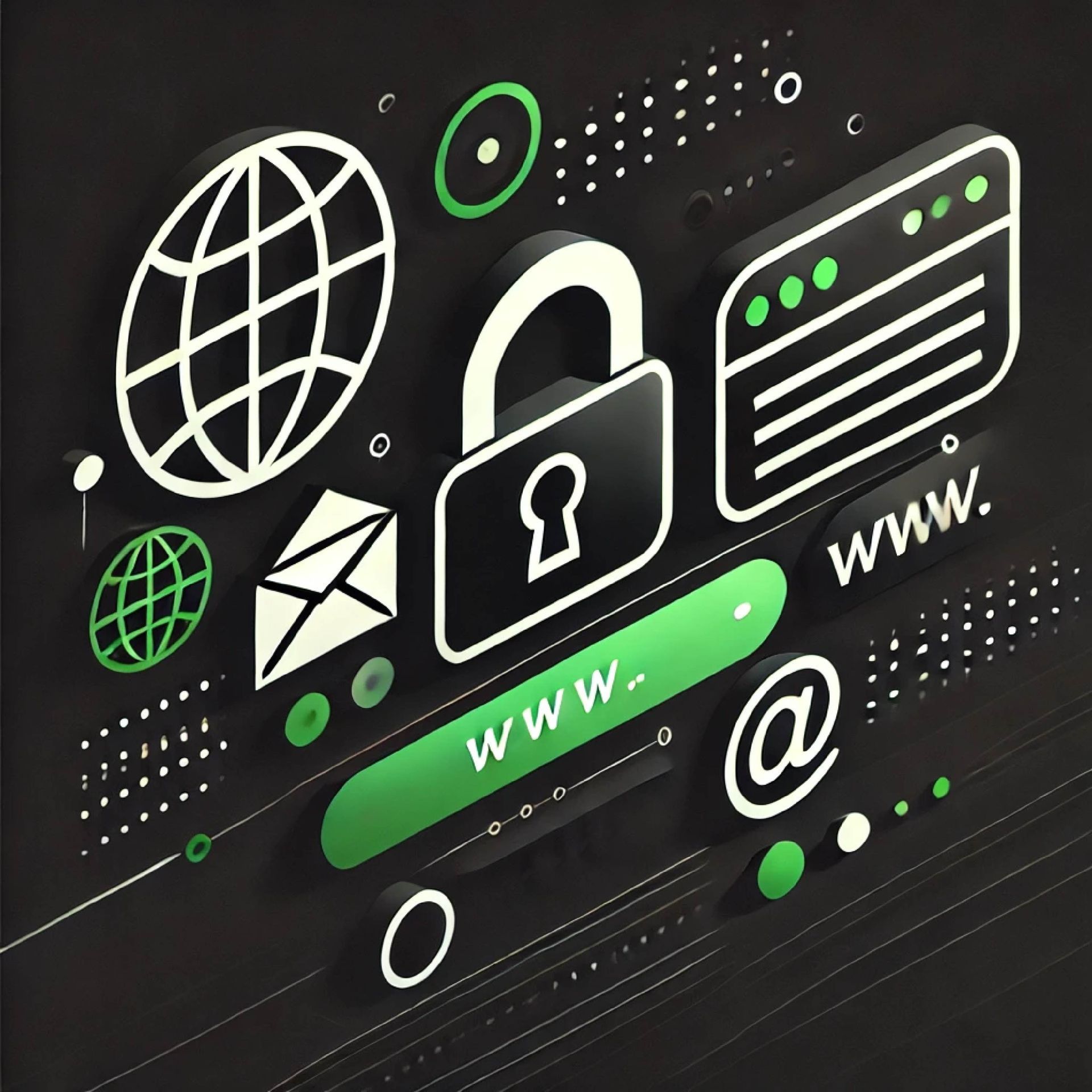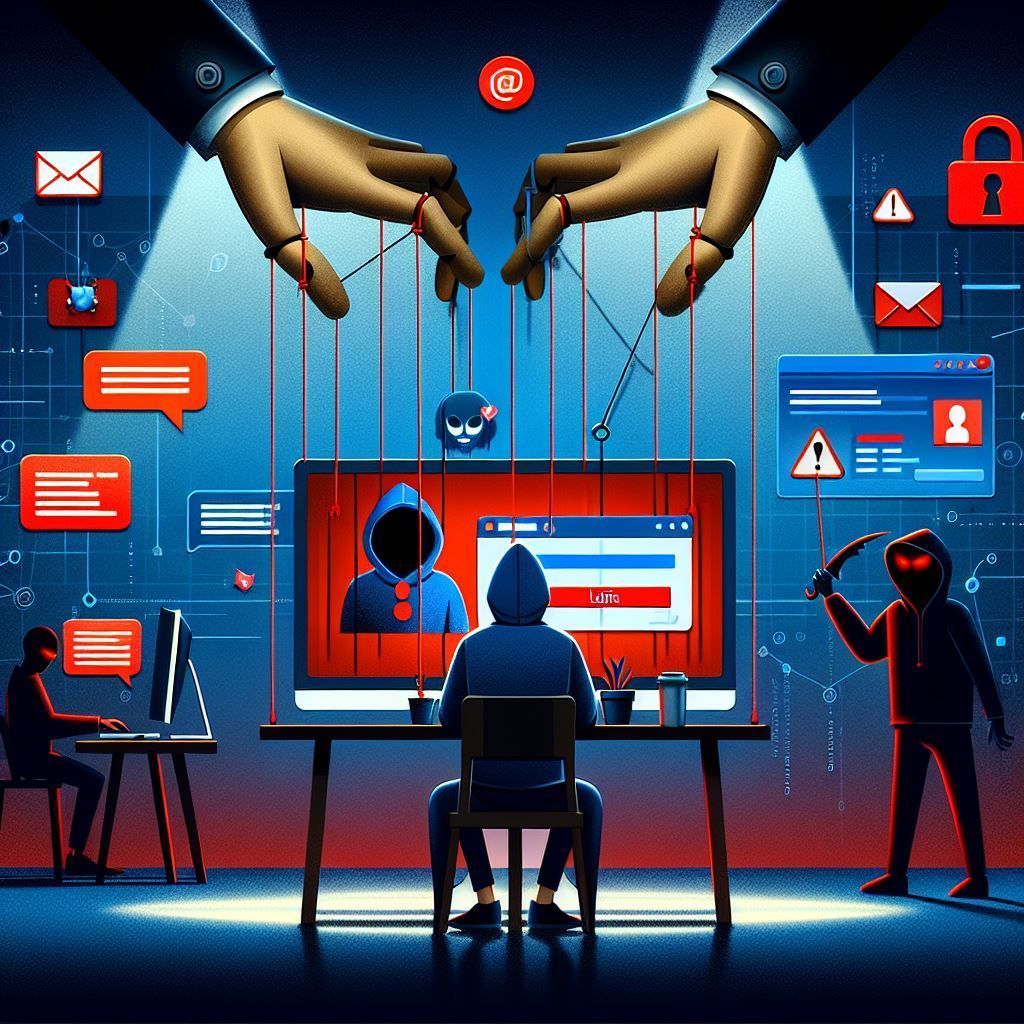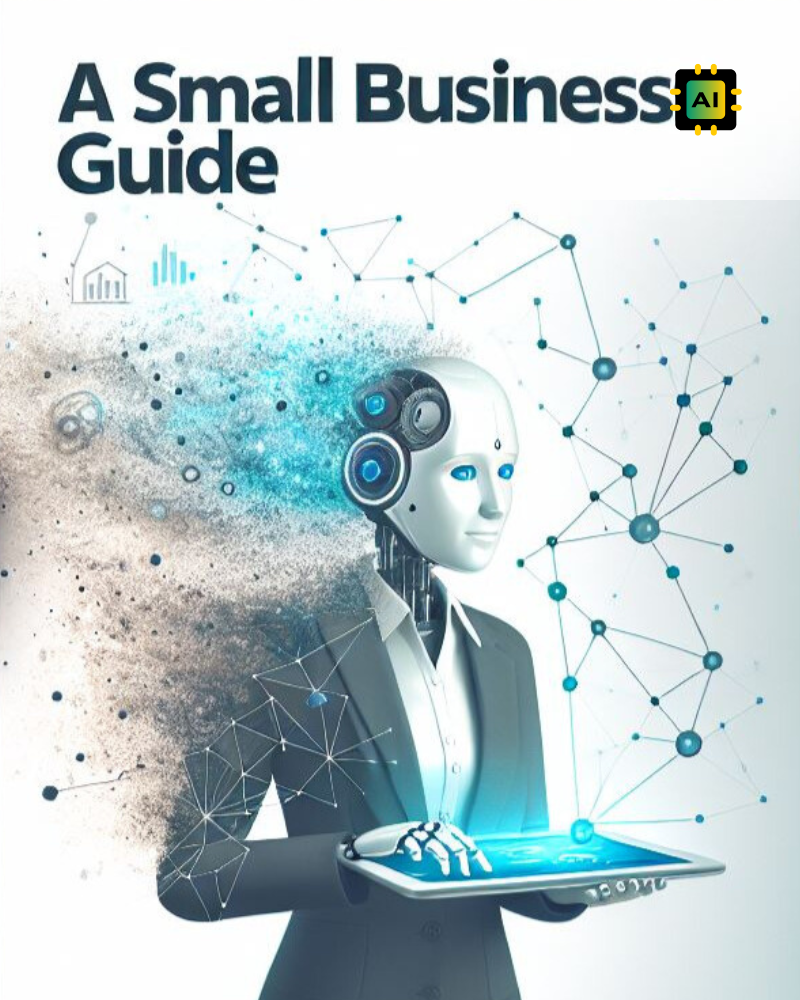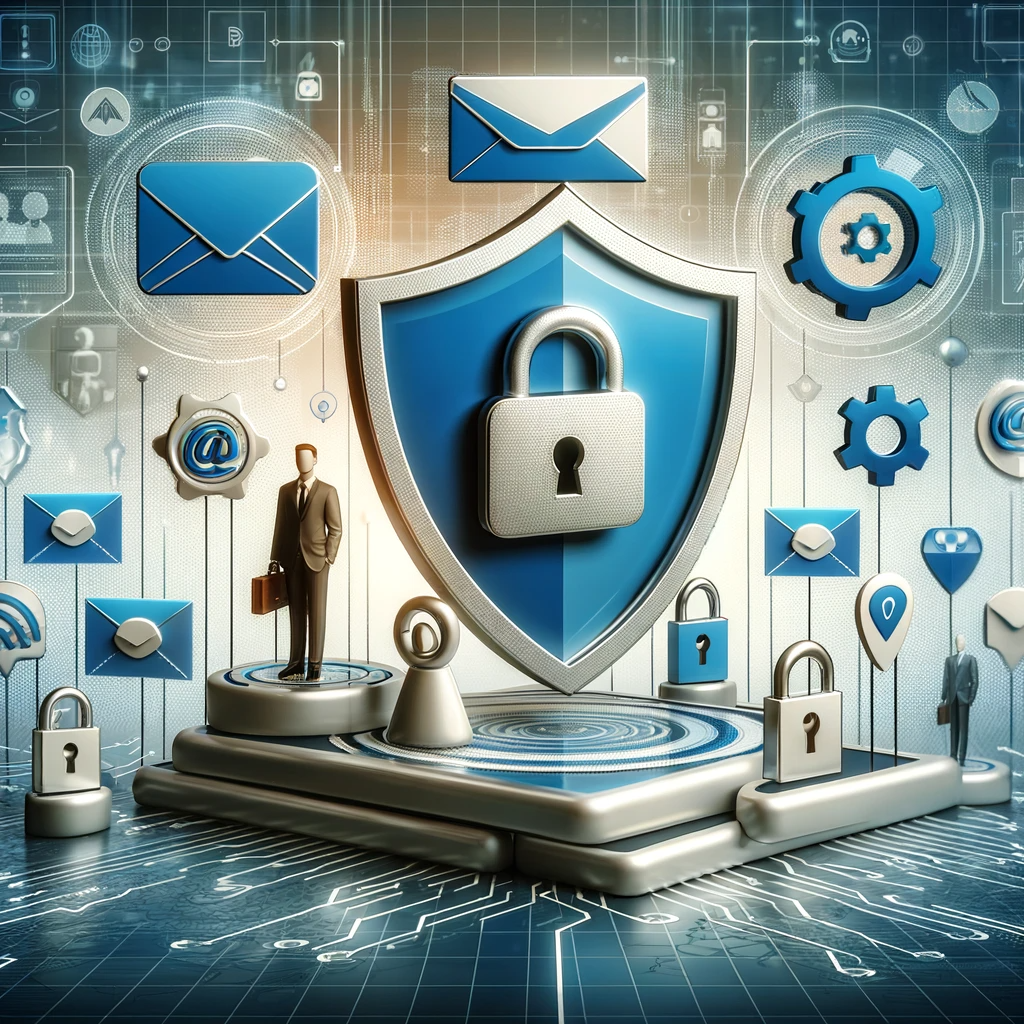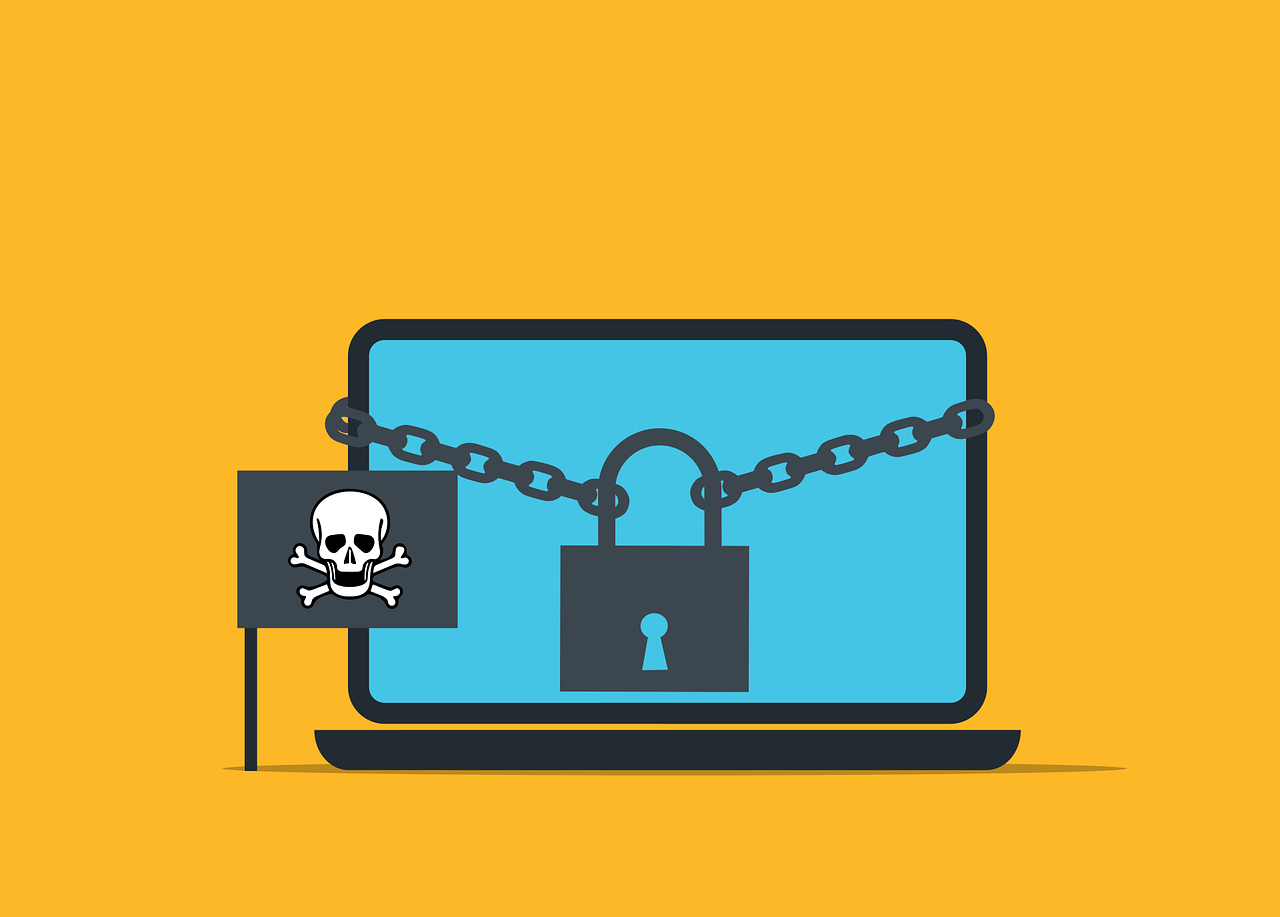LATEST NEWS
Trends & Insights
Stay updated with the latest news, insights, and announcements. Explore trending stories, important updates, and fresh developments from our team and industry.
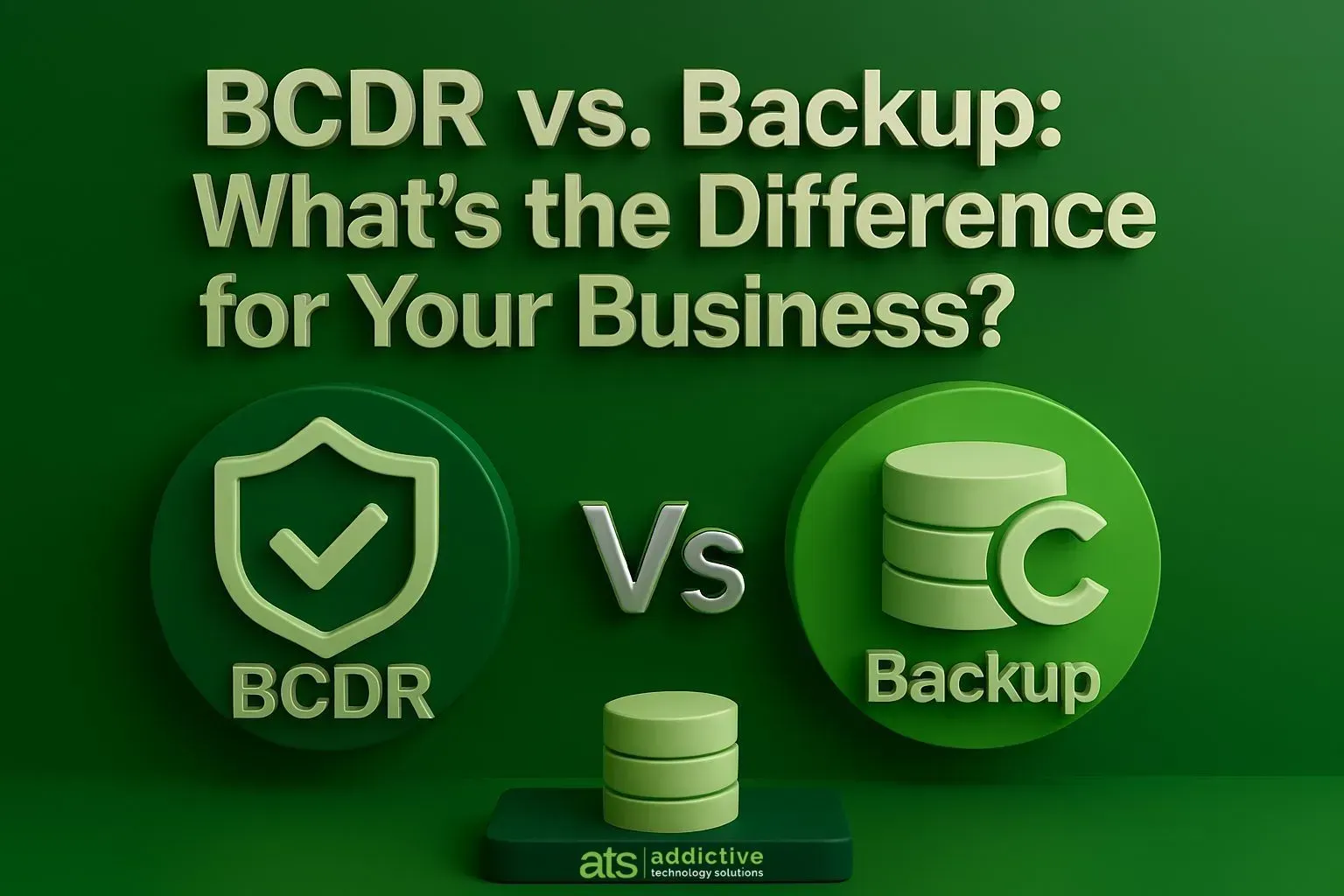
August 27, 2025
When your business grinds to a halt, every minute feels like a countdown. A server crash, ransomware attack or even a simple power outage can throw operations off track. That’s when the question hits hard: Can you bounce back quickly enough to keep customers and revenue safe? It’s easy to assume backups are enough, but that’s only part of the picture. Backups preserve data, but they don’t restore your systems, applications or processes. That’s the role of a business continuity and disaster recovery (BCDR) plan. It’s the difference between having a backup of your data and having your entire business operational when things go wrong.

By info
•
August 20, 2024
In today’s digital age, cybersecurity is a critical concern for businesses of all sizes. The Australian government has developed the Essential 8 cybersecurity initiative to help organisations protect themselves against cyber threats. In this blog post, we’ll explain what the Essential 8 is, whether it is mandatory, and how Addictive Technology Solutions can help your business implement these strategies.

By info
•
August 20, 2024
"When it comes to choosing computers for your business, many non-technical business owners believe that Macs are the ultimate solution. They are often seen as the “golden box” – immune to advanced security threats and requiring little to no management. However, this perception is far from reality. In this blog post, we’ll explore why Macs need management, compliance, and security, and how they are not as invincible as you might think."

By info
•
August 13, 2024
In today’s digital age, the rise of AI technologies has brought about numerous advancements that have revolutionized the way we live and work. However, with these advancements come new threats, one of which is AI voice scams . These scams use sophisticated AI algorithms to mimic the voices of trusted individuals, making it increasingly difficult to distinguish between genuine and fraudulent calls. In this blog post, we will explore how you can protect yourself from AI voice scams and ensure your personal and financial information remains secure.
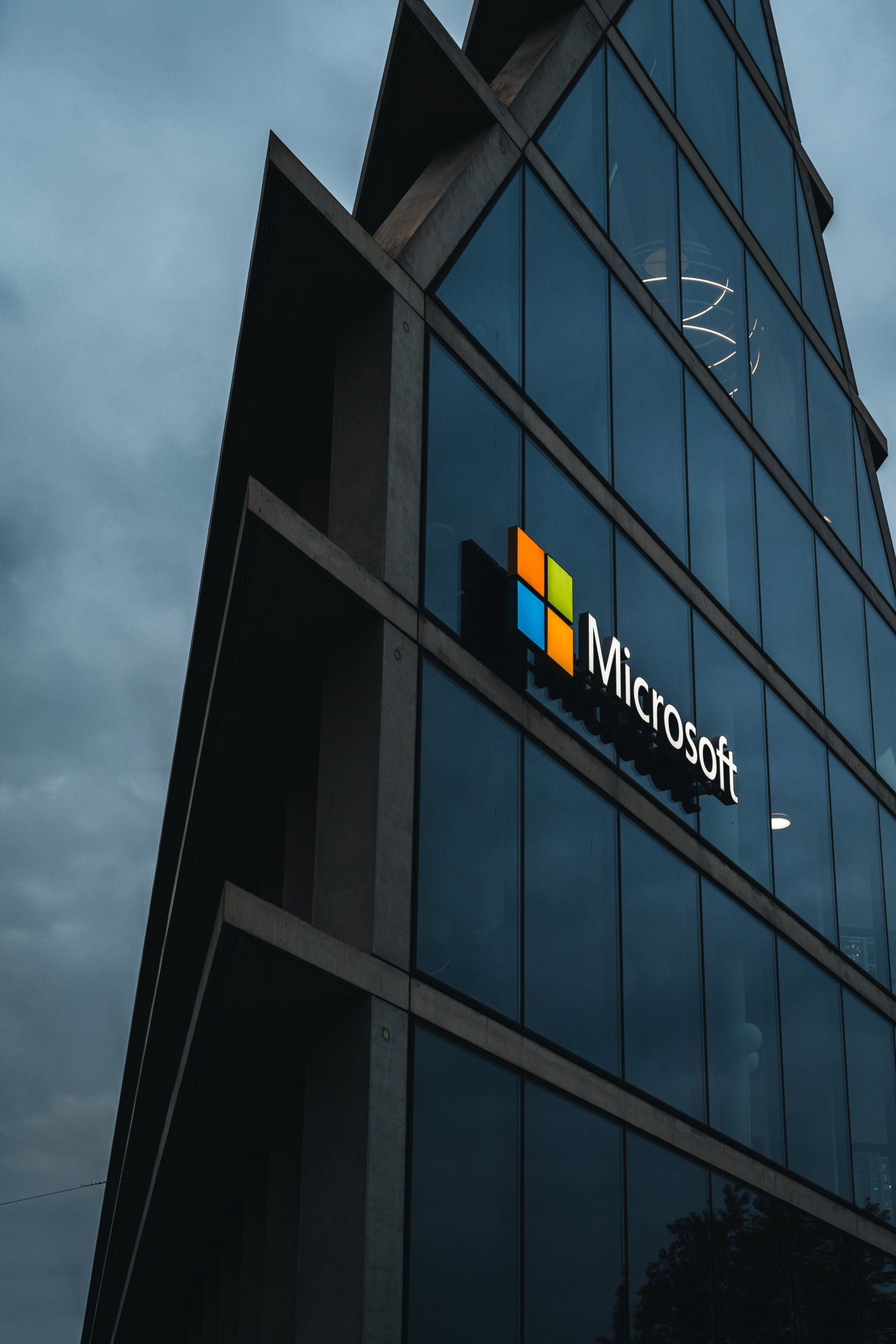
By info
•
July 28, 2024
In today's fast-paced business environment, small businesses are constantly seeking innovative solutions to stay competitive and efficient. One of the most promising advancements in technology is the use of artificial intelligence (AI) to create virtual employees. Microsoft Copilot, a cutting-edge AI technology, is at the forefront of this revolution. In this blog, we will explore how Microsoft Copilot can be implemented as virtual employees for small businesses, providing practical tips and insights to help you leverage this powerful tool.
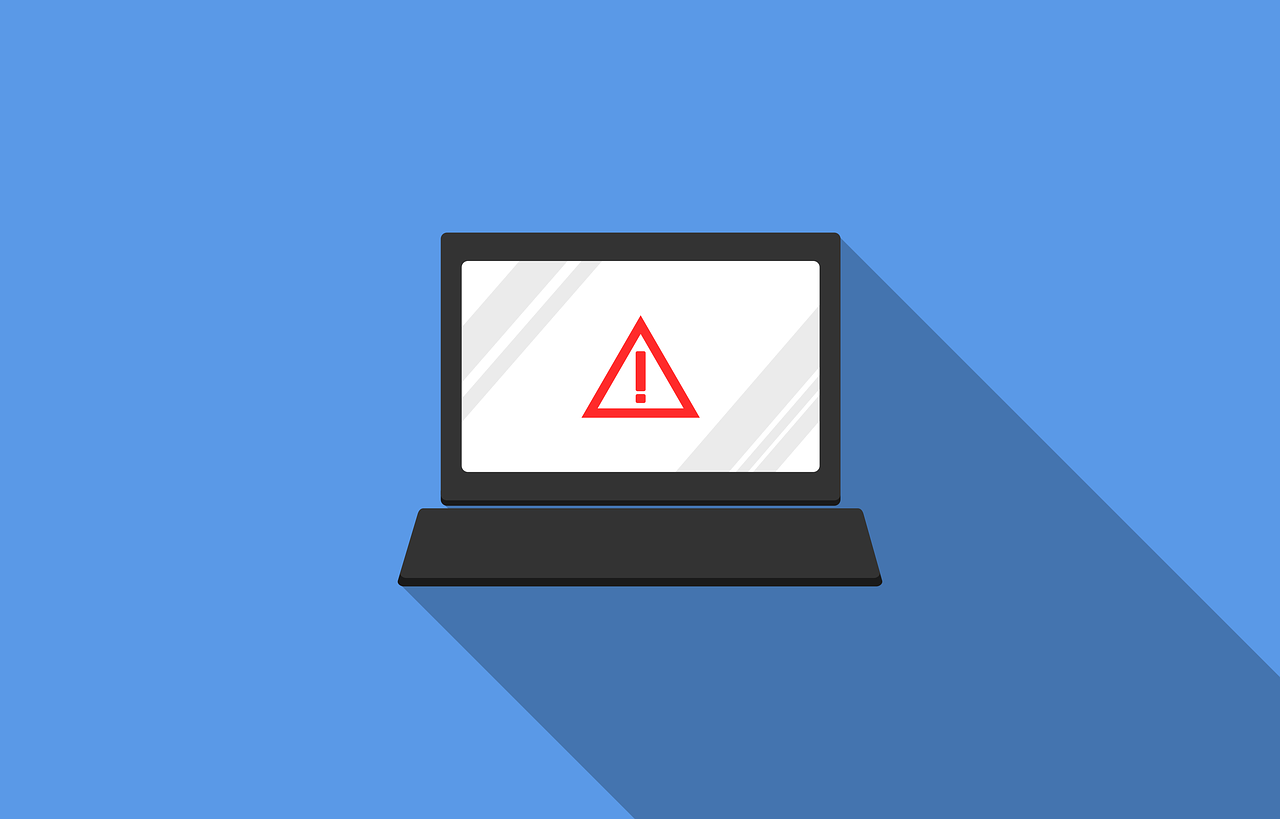
By info
•
December 20, 2023
The global cost of a data breach last year was USD $4.45 million. This is an increase of 15% over three years. As we step into 2024, it’s crucial to be aware of emerging technology threats. Ones that could potentially disrupt and harm your business. Technology is evolving at a rapid pace. It’s bringing new opportunities and challenges for businesses and individuals alike. Not all technology is benign. Some innovations can pose serious threats to our digital security, privacy, and safety. In this article, we’ll highlight some emerging technology threats to be aware of in 2024 and beyond.

By info
•
December 20, 2023
These days, our lives are intricately woven into the digital fabric. From emails to photos, documents to apps, our devices store tons of information. It’s easy to feel overwhelmed at the sight of an endless inbox or app library. As the new year begins, it’s the perfect time for a digital declutter. A clean and organized digital environment can help you improve your productivity. It also reduces stress. Here are some practical tips to help you declutter your digital space.

By info
•
December 20, 2023
Technology is reshaping the world of work at an unprecedented pace. From artificial intelligence to web3, from the metaverse to the hybrid work model. We are witnessing a series of technological revolutions. They are transforming how we communicate, collaborate, create, and innovate.
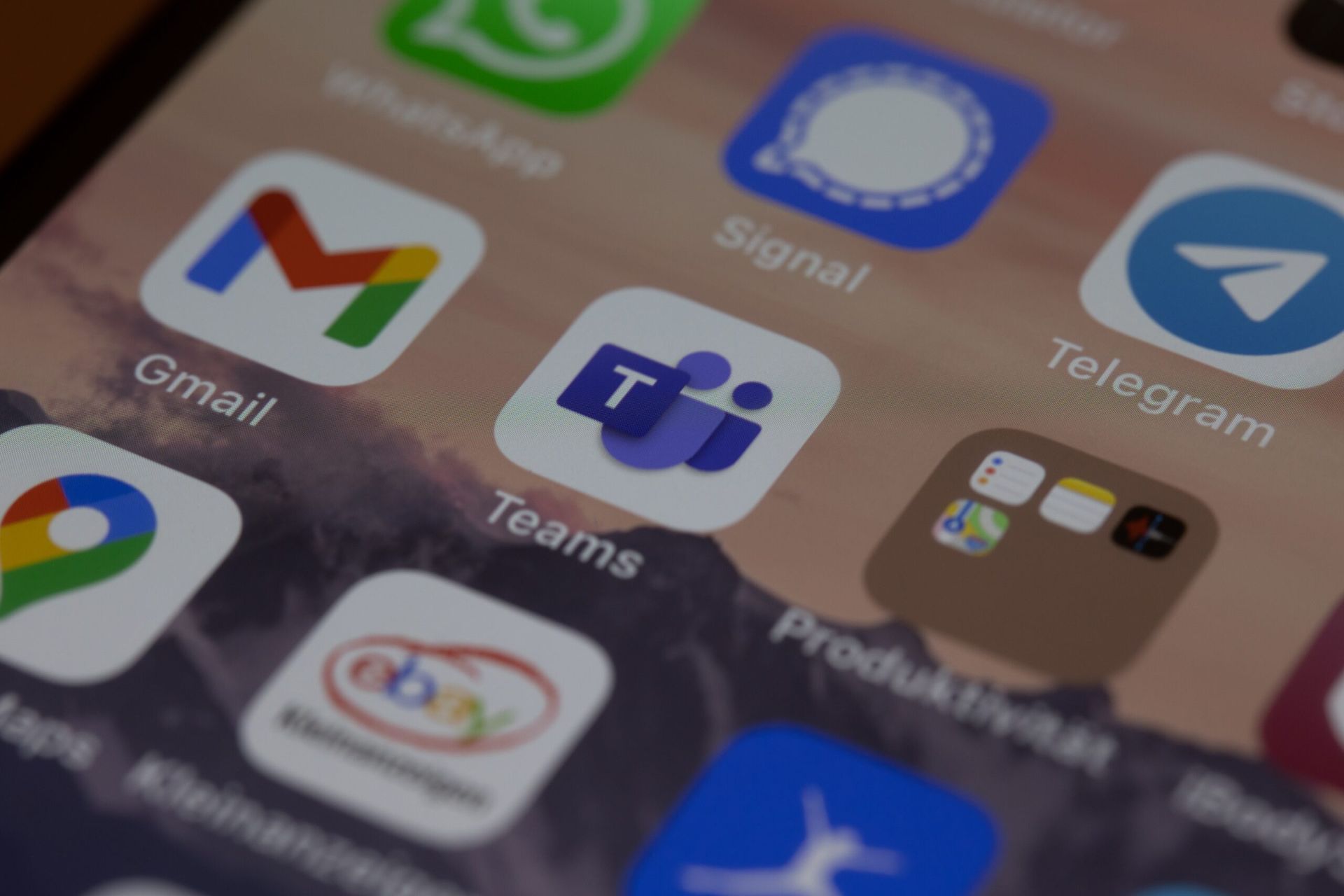
By info
•
December 20, 2023
Are you a small business owner or a freelancer who offers services online? If so, you might be wondering how to get paid by your customers in a fast and convenient way. You might have tried different payment platforms. But they often require you to switch between different apps or websites. This can be time-consuming and confusing. There is now another option to streamline the payment process. Microsoft has launched the Teams Payments app. This is a new feature that allows you to request and receive payments from your customers. You do it within Microsoft Teams meetings. The Teams Payments app is currently available in the United States and Canada. Subscribers to Teams Essentials and Microsoft 365 Business get it at no charge.

By info
•
November 13, 2023
Every year, tech enthusiasts eagerly anticipate Europe’s most prominent technology trade show. It’s the Internationale Funkausstellung Berlin, or simply IFA. This is a showcase of the latest and greatest innovations in consumer electronics. The show includes everything from cutting-edge smartphones to futuristic smart home gadgets. IFA never fails to impress. Let’s take a closer look at some of the coolest smart gadgets unveiled at IFA. As well as explore how they are shaping the future of technology.

By info
•
November 13, 2023
There is no escaping the relentless march of AI. Software companies are rapidly incorporating it into many business tools. This includes tools like Microsoft 365, Salesforce, and others. Many people are still concerned about where AI will go. But there is no denying that it makes certain work more efficient. It can generate custom images on demand. Or write a company device policy draft in seconds. Staying ahead of the curve often means embracing cutting-edge technologies. Even if you’re a little wary about what the future holds. Generative Artificial Intelligence (GenAI) is unique from the AI of a few years back. It can create, innovate, and optimize. These functions have become a game-changer for businesses of all sizes. Leveraging Generative AI, small businesses can unlock a world of possibilities. This includes everything from enhancing customer experiences to streamlining operations. Have you felt bombarded with AI tool options? Unsure where to begin with leveraging it for your business? Let’s explore some smart and practical ways to incorporate GenAI.
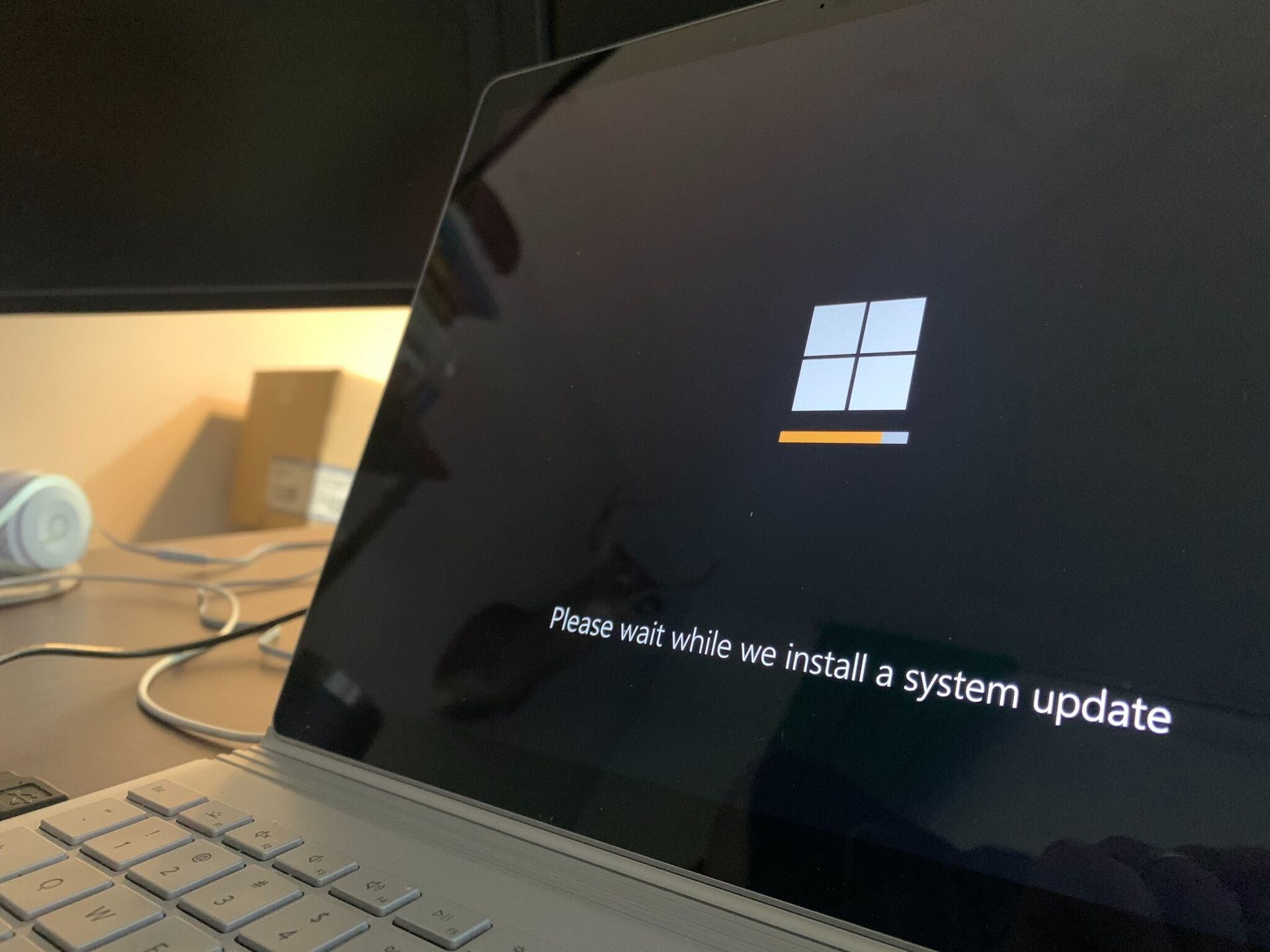
By info
•
November 13, 2023
In a world where technology constantly evolves, Microsoft stands at the forefront. It continues to pioneer innovations. Innovations that transform how we interact with our digital universe. The latest Windows 11 update is a testament to Microsoft’s commitment to excellence. It’s more than just an upgrade. It’s a leap into the future of computing. Microsoft touts it as “The most personal Windows 11 experience.” Let’s explore some of the great features that make this update so significant.

November 13, 2023
In the age of smart living, our homes are becoming increasingly intelligent. They’re designed to cater to our every need. Smart gadgets are transforming how we turn on the lights, home security, and more. They even help us feed our pets from afar. But with the rapid evolution of this technology, it’s crucial to make informed choices. To know what to adopt and what to avoid. Every smart technology isn’t as helpful as another. You also must be careful of things like security and oversharing. Some devices will spread your data far and wide without your realization. Here are some tips on what smart home tech to adopt and to avoid.

By info
•
November 13, 2023
In the pulsating digital landscape, every click and keystroke echoes through cyberspace. The battle for data security rages on. Businesses stand as both guardians and targets. Unseen adversaries covet their digital assets. To navigate this treacherous terrain takes a two-pronged approach. Businesses must arm themselves with a sophisticated arsenal of cybersecurity strategies. On one side, the vigilant guards of prevention (Left of Boom). On the other, the resilient bulwarks of recovery (Right of Boom). Together, these strategies form the linchpin of a comprehensive defense. They help ensure that businesses can repel attacks. And also rise stronger from the ashes if breached. In this blog post, we’ll explain how to organize your cybersecurity approach into Left and Right of Boom.
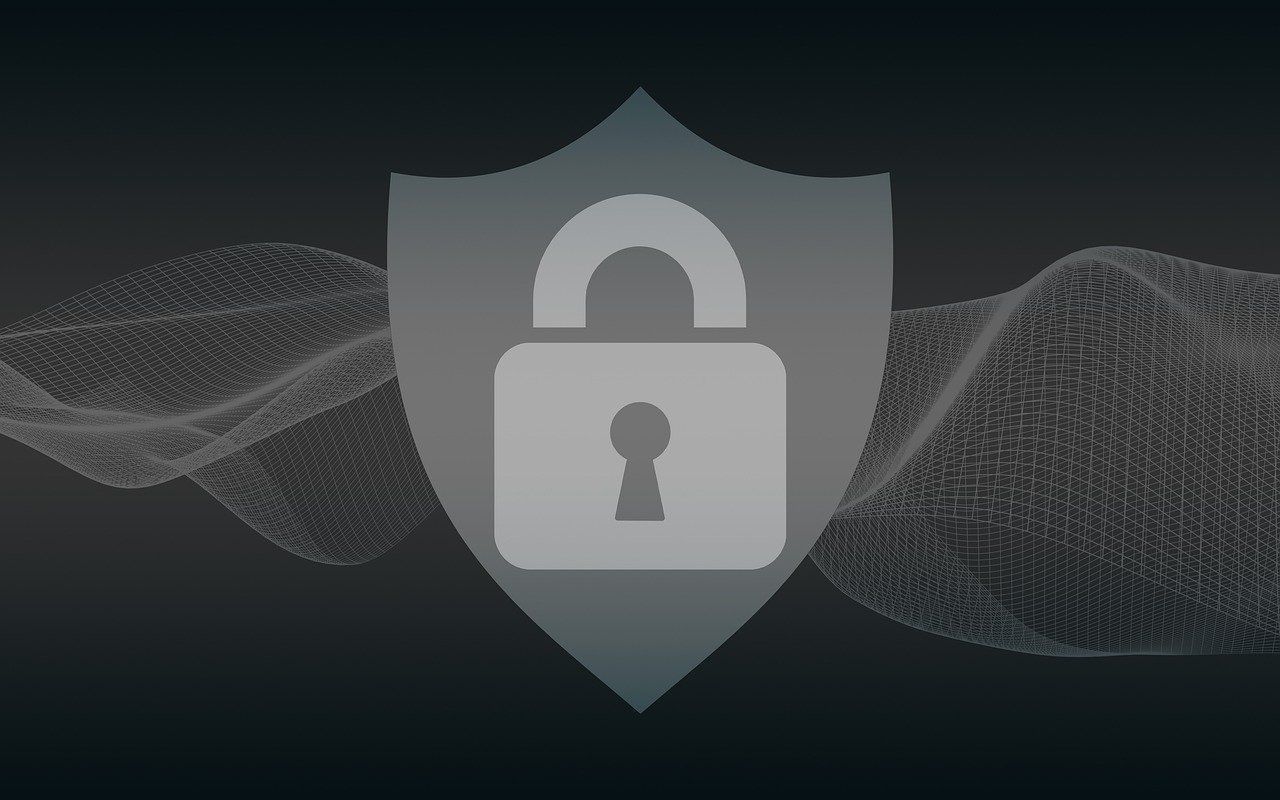
By info
•
October 26, 2023
Cybersecurity has become a critical foundation upon which many aspects of business rely. Whether you’re a large enterprise or small business, network security is a must. Cyberattacks can have long-term consequences. The frequency and sophistication of cyberattacks continue to increase. In 2022, IoT malware attacks saw a sobering 87% increase . Attack volume is also ramping up due to the use of AI. It’s essential to shift from a reactive to a proactive cybersecurity approach. One such approach that has gained prominence is “Secure by Design” practices. International partners have taken steps to address commonly exploited vulnerabilities. A recent advisory highlights Secure by Design principles. This collaborative effort underscores the global nature of the cybersecurity threat landscape. As well as the need for coordinated action to protect critical infrastructure. In this article, we’ll explore what it takes to put in place Secure by Design principles. And explain why they are paramount in today’s cybersecurity landscape

By info
•
October 26, 2023
The use of AI-driven processes is exploding. Every time you turn around, software has gotten more intelligent. Harnessing the power of AI and machine learning is crucial for staying competitive. Microsoft is a pioneer in the tech industry and this new AI era. It continues to lead the way with innovative solutions designed to empower businesses. One such innovation is Microsoft Sales Copilot. This is a tool poised to reshape the future of business. Next, we’ll delve into what Microsoft Sales Copilot is. As well as how it is revolutionizing the world of sales and customer insights.

By info
•
October 26, 2023
In today’s world, sustainability isn’t just a buzzword; it’s a necessity. Businesses around the globe are increasingly embracing eco-friendly practices. This isn’t only for the positive impact on the environment. It’s also for the benefits they can bring to the bottom line. Sustainable technology habits are not only about reducing your carbon footprint. They’re also about improving efficiency, cutting costs, and attracting environmentally conscious customers. “Going green” can mean saving more dollars, besides helping the planet. Below, we’ll explore several sustainable tech habits you can adopt. These are not only good for the environment but also a win for your business’s bottom line. 1. Energy-Efficient Hardware and Appliances Investing in energy-efficient hardware and appliances can lead to significant cost savings. Especially in the long run. Energy-efficient devices consume less electricity, resulting in lower utility bills. Consider upgrading to Energy Star-rated equipment. And using LED lighting to reduce your energy consumption. It may surprise you how fast your electric bill goes down after replacing lightbulbs. 2. Virtualization and Cloud Computing Virtualization and cloud computing solutions can help you optimize your IT infrastructure. By consolidating servers and resources, you can reduce the number of physical devices. This leads to lower energy consumption and reduced hardware maintenance costs. 3. Remote Work and Telecommuting Embrace remote work and telecommuting. This reduces the need for office space. It also cuts down on commuting-related emissions. Employees who work remotely also report increased job satisfaction and productivity. Both of which can positively impact your bottom line. 4. Renewable Energy Sources Consider transitioning to renewable energy sources like solar or wind power. The initial investment may be significant. But renewable energy can lead to big savings on electricity costs. Additionally, it demonstrates your commitment to sustainability, which can attract eco-conscious customers. 5. E-Waste Recycling Programs Put in place e-waste recycling programs. These help you properly dispose of outdated or non-functioning electronic equipment. Many electronics can be refurbished, resold, or recycled. This reduces waste and potentially generates revenue through resale. 6. Optimize Data Centers Data centers are notorious for their high energy consumption. Optimize your data center by doing things like: Using energy-efficient servers Implementing efficient cooling systems Consolidating data storage to reduce power usage 7. Green Web Hosting Choose a web hosting provider that uses renewable energy for their data centers. This reduces your website’s carbon footprint. It can also lead to improved website performance and uptime. 8. Paperless Office Transitioning to a paperless office can save money on paper, ink, and storage costs. Use digital documents, electronic signatures, and cloud storage solutions to reduce paper usage. Office workers spend about 6 hours a week searching for paper documents. Digitizing files allows for keyword searching. This reduces those wasted hours and improves productivity. 9. Eco-Friendly Office Supplies Buy eco-friendly office supplies. This includes recycled paper, biodegradable pens, and reusable office products. These sustainable choices can reduce your office expenses. They also show your commitment to environmental responsibility. 10. Software Optimization Regularly update and optimize your software to reduce system resource usage. Unnecessary background processes and inefficient code can strain your hardware. As well as increase energy consumption. 11. Remote Monitoring and Control Install remote monitoring and control systems to manage your facility’s energy usage. This technology allows you to adjust heating, cooling, and lighting remotely. This reduces energy waste. Smart thermostats are very affordable now. That makes this an easy energy energy-efficient win. 12. Green Transportation Policies Promote green transportation policies for employees. These might include: Carpooling Biking Using public transportation Incentives like subsidies for eco-friendly commuting options can help. They promote the reduction of transportation costs for your team. 13. Sustainable Data Practices Adopt sustainable data practices by cleaning and organizing your databases. The goal is to remove redundant or outdated information. Efficient data management reduces storage requirements and enhances data processing speed. 14. Green IT Certification Consider pursuing green IT certifications. Such as the ISO 14001 or the Green Business Bureau certification. These certifications can improve your environmental standing and boost your company’s reputation. 15. Employee Education and Engagement Educate your employees about sustainable tech habits. Encourage their participation in eco-friendly initiatives. Engaged employees can help identify more cost-saving opportunities. 16. Supply Chain Sustainability Collaborate with suppliers and partners committed to sustainability. Sustainable sourcing and procurement practices can lead to cost reductions. As well as a more resilient supply chain. 17. Lifecycle Assessments Conduct lifecycle assessments of your products and services. This helps you identify areas where you can make environmental and cost improvements. This process can help you optimize your offerings and reduce waste. 18. Green Marketing Leverage your sustainability efforts as a selling point in your marketing campaigns. Customers are increasingly seeking out eco-conscious businesses. Promoting your sustainability can help you stand out from the competition. It can lead to increased brand loyalty and sales.
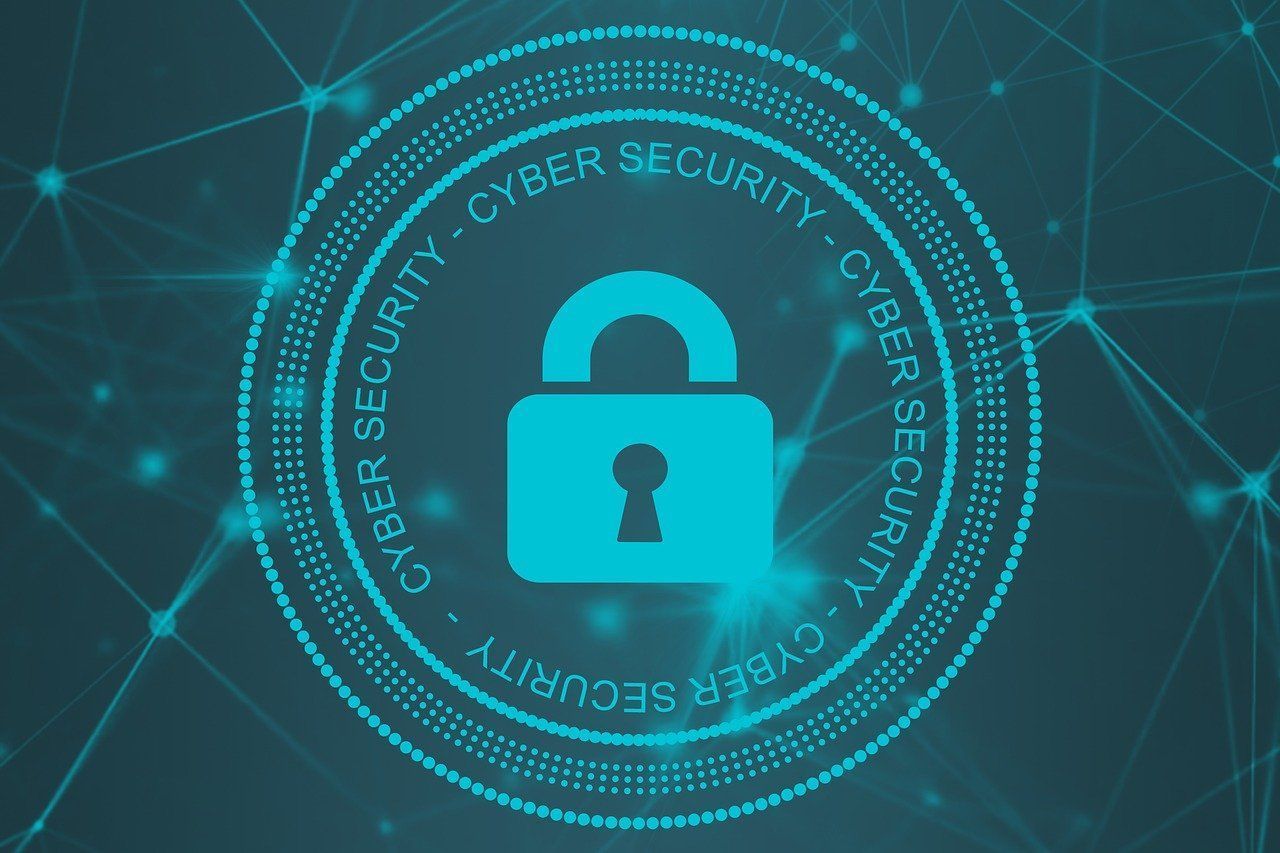
By info
•
October 26, 2023
Cybercriminals can launch very sophisticated attacks. But it’s often lax cybersecurity practices that enable most breaches. This is especially true when it comes to small and mid-sized businesses (SMBs). Small business owners often don’t prioritize cybersecurity measures. They may be just fully focused on growing the company. They think they have a lower data breach risk. Or they may think it’s an expense they can’t bear. But cybersecurity is not only a concern for large corporations. It’s a critical issue for small businesses as well. Small businesses are often seen as attractive targets for cybercriminals. This is due to many perceived vulnerabilities. Fifty percent of SMBs have been victims of cyberattacks. More than 60% of them go out of business afterward. Cybersecurity doesn’t need to be expensive. Most data breaches are the result of human error. But that is actually good news. It means that improving cyber hygiene can reduce the risk of falling victim to an attack. Are You Making Any of These Cybersecurity Mistakes? To address the issue, you need to first identify the problem. Often the teams at SMBs are making mistakes they don’t even realize. Below are some of the biggest reasons small businesses fall victim to cyberattacks. Read on to see if any of this sounds familiar around your company. 1. Underestimating the Threat One of the biggest cybersecurity mistakes of SMBs is underestimating the threat landscape. Many business owners assume that their company is too small to be a target. But this is a dangerous misconception. Cybercriminals often see small businesses as easy targets. They believe the company lacks the resources or expertise to defend against attacks. It’s essential to understand that no business is too small for cybercriminals to target. Being proactive in cybersecurity is crucial. 2. Neglecting Employee Training When was the last time you trained your employees on cybersecurity? Small businesses often neglect cybersecurity training for their employees. Owners assume that they will naturally be cautious online. But the human factor is a significant source of security vulnerabilities. Employees may inadvertently click on malicious links or download infected files. Staff cybersecurity training helps them: Recognize phishing attempts Understand the importance of strong passwords Be aware of social engineering tactics used by cybercriminals 3. Using Weak Passwords Weak passwords are a common security vulnerability in small companies. Many employees use easily guessable passwords. They also reuse the same password for several accounts. This can leave your company’s sensitive information exposed to hackers. People reuse passwords 64% of the time. Encourage the use of strong, unique passwords. Consider implementing multi-factor authentication (MFA) wherever possible. This adds an extra layer of security. 4. Ignoring Software Updates Failing to keep software and operating systems up to date is another mistake. Cybercriminals often exploit known vulnerabilities in outdated software to gain access to systems. Small businesses should regularly update their software to patch known security flaws. This includes operating systems, web browsers, and antivirus programs. 5. Lacking a Data Backup Plan Small companies may not have formal data backup and recovery plans. They might mistakenly assume that data loss won’t happen to them. But data loss can occur due to various reasons. This includes cyberattacks, hardware failures, or human errors. Regularly back up your company’s critical data. Test the backups to ensure they can be successfully restored in case of a data loss incident. 6. No Formal Security Policies Small businesses often operate without clear policies and procedures. With no clear and enforceable security policies, employees may not know critical information. Such as how to handle sensitive data. Or how to use company devices securely or respond to security incidents. Small businesses should establish formal security policies and procedures. As well as communicate them to all employees. These policies should cover things like: Password management Data handling Incident reporting Remote work security And other security topics 7. Ignoring Mobile Security As more employees use mobile devices for work, mobile security is increasingly important. Small companies often overlook this aspect of cybersecurity. Put in place mobile device management (MDM) solutions. These enforce security policies on company- and employee-owned devices used for work-related activities. 8. Failing to Regularly Watch Networks SMBs may not have IT staff to watch their networks for suspicious activities. This can result in delayed detection of security breaches. Install network monitoring tools. Or consider outsourcing network monitoring services. This can help your business promptly identify and respond to potential threats. 9. No Incident Response Plan In the face of a cybersecurity incident, SMBs without an incident response plan may panic. They can also respond ineffectively. Develop a comprehensive incident response plan. One that outlines the steps to take when a security incident occurs. This should include communication plans, isolation procedures, and a clear chain of command. 10. Thinking They Don't Need Managed IT Services Cyber threats are continually evolving. New attack techniques emerge regularly. Small businesses often have a hard time keeping up. Yet, they believe they are “too small” to pay for managed IT services. Managed services come in all package sizes. This includes those designed for SMB budgets. A managed service provider (MSP) can keep your business safe from cyberattacks. As well as save you money at the same time by optimizing your IT.

September 26, 2023
Software-as-a-Service (SaaS) has revolutionized the way businesses operate. It offers convenience, scalability, and efficiency. No more dragging software from one device to another. Everyone can collaborate easily in the cloud. But alongside its benefits, SaaS brings with it potential threats. When software and data are online, they’re more vulnerable to attacks. One of the latest threats to move from endpoint devices to the cloud is ransomware. Ransomware has been around attacking computers, servers, and mobile devices for a while. But recently there has been an alarming uptick in SaaS ransomware attacks. Between March and May of 2023, SaaS attacks increased by over 300%. A study in 2022 by Odaseva found that 51% of ransomware attacks targeted SaaS data. In this article, we’ll delve into what SaaS ransomware is and the risks it poses. And, most importantly, how you can defend against it. What is SaaS Ransomware? SaaS ransomware is also known as cloud ransomware. It’s malicious code designed to target cloud-based applications and services. These include services like Google Workspace, Microsoft 365, and other cloud collaboration platforms. The attackers exploit vulnerabilities in these cloud-based systems. The ransomware then encrypts valuable data. It effectively locks users out of their own accounts. Cybercriminals hold the data hostage. They then demand a ransom, often in the form of cryptocurrencies. The ransom is in exchange for the decryption key. The Risks of SaaS Ransomware SaaS ransomware adds a new layer of complexity to the cybersecurity landscape. It presents several risks to individuals and organizations. Data Loss: The most immediate risk is the loss of critical data. You lose access to your cloud-based applications and files. This can cause productivity to grind to a halt. Reputational Damage: A successful SaaS ransomware attack can tarnish your organization’s reputation. Customers and partners may lose trust in your ability to safeguard their data. This can negatively impact your brand image. Financial Impact: Paying the ransom is not guaranteed to result in data recovery. It may encourage attackers to target you again. Furthermore, the cost of downtime and recovery efforts can be substantial. Defending Against SaaS Ransomware As the saying goes, prevention is better than cure. When it comes to SaaS ransomware, proactive defense is key. Here are some effective strategies to protect your organization against these threats. Educate Your Team Start by educating your employees about the risks of SaaS ransomware. Include how it spreads through phishing emails, malicious links, or breached accounts. Teach them to recognize suspicious activities and report any unusual incidents immediately. Enable Multi-Factor Authentication (MFA) MFA is an essential layer of security. It requires users to provide an extra form of authentication to access accounts. This is often a one-time code sent to their mobile device. Enabling MFA reduces the risk of unauthorized access. This is true, even if a hacker compromises an account’s login credentials. Regular Backups Frequently backing up your SaaS data is crucial. In the event of a ransomware attack, you still have your data. Having up-to-date backups ensures that you can restore your files. You won’t need to pay the attacker’s ransom demands. Apply the Principle of Least Privilege Limit user permissions to only the necessary functions. Follow the principle of least privilege. This means giving users the lowest privilege needed for their job. Doing this, you reduce the potential damage an attacker can do if they gain access. Keep Software Up to Date Ensure that you keep all software (SaaS applications, operating systems, etc.) up to date. They should have the latest security patches installed. Regular updates close known vulnerabilities and strengthen your defense. Deploy Advanced Security Solutions Consider using third-party security solutions that specialize in protecting SaaS environments. These solutions can provide many benefits. Including: Real-time threat detection Data loss prevention And other advanced security features Track Account Activity Put in place robust monitoring of user activity and network traffic. Suspicious behavior can be early indicators of an attack. One example to watch for is several failed login attempts. Another is access from unusual locations. Develop an Incident Response Plan Prepare and practice an incident response plan. It should outline the steps to take in the event of a ransomware attack. A well-coordinated response can mitigate the impact of an incident. It can also aid in faster recovery. The sooner your team can respond, the faster business gets back to normal.

September 26, 2023
Endpoint management has changed a lot over the last two decades. There was a time when companies housed all endpoints in the same place. This made managing them simpler. But it held offices back from being mobile and flexible. Today’s office can include endpoints around the globe. Remote teams can work from anywhere. And people often prefer doing things from their mobile devices. Such as checking email or managing tasks. The average enterprise endpoint makeup is 60% mobile devices. And it’s estimated that they handle about 80% of the workload. What does this mean for security? That an endpoint device management solution has become a necessity. One that might be on your radar is the new Microsoft Intune Suite. It bundles several areas of endpoint management into a single platform. Wondering whether it’s worth taking the plunge and upgrading? Stick around as we break down the what, why, and how of this cloud-based management solution. What is Microsoft Intune Suite? First things first, what is Microsoft Intune? It’s a software tool that helps you manage your company’s devices and apps all in one place. Whether your employees use PCs, Macs, smartphones, or tablets, Intune’s got your back. So, what’s the deal with the upgrade? Microsoft has been hard at work improving Intune. The latest version brings some exciting new features to the table. The core capabilities of Microsoft Intune include: Cross-platform endpoint management Built-in endpoint security Mobile application management Endpoint analytics Microsoft Configuration Manager Here’s a comparison of the subscription options you now have with Intune: Microsoft Intune Plan 1: Microsoft Intune core capabilities are included with various subscriptions. (Microsoft 365 E3, E5, F1, and F3; Enterprise Mobility + Security E3 and E5; and Business Premium plans) Microsoft Intune Plan 2: An add-on to Microsoft Intune Plan 1. It offers advanced endpoint management capabilities. Microsoft Intune Suite: An add-on to Microsoft Intune Plan 1. Includes: - Plan 2 features - Microsoft Intune Remote Help - Microsoft Intune Endpoint Privilege Management - Microsoft Tunnel for Mobile Application Management - Management of specialty devices - Select Microsoft Intune advanced endpoint analytics features. Advantages of Subscribing So, should you subscribe or upgrade to the suite? Before you rush in, let’s consider some key factors to help you decide if it’s the right move for your business. First the advantages of subscribing. Streamlined Device Management We all know how chaotic device management can get. With the new Intune Suite, you get a centralized dashboard. It gives you full control over your devices. You can set up policies and enforce security measures. You can even wipe data remotely if needed. Plus, it’s compatible with both Windows and macOS. So, you won’t have to worry about compatibility issues. Provide Secure Helpdesk Support Keep your employees productive by giving them help when they need it. Intune Suite includes Microsoft Intune Remote Help. This feature allows you to deliver simple and secure help to your team anywhere, anytime. The platform reinforces a Zero Trust security model. It also enables fast response to issues. You can address employee device roadblocks no matter where your team is working. Enhanced Security and Compliance Data breaches and cyberattacks are real threats to businesses of all sizes. With Intune’s advanced security features, you can breathe a little easier. It offers robust encryption and secure access controls. Including the ability to quarantine risky devices. Do you deal with sensitive information or have compliance requirements? Intune has got you covered with its auditing and reporting capabilities. App Management Made Easy Applications are the lifeblood of modern businesses, and Intune understands that. With its app management features, you can do a lot. Including easily deploying, updating, and retiring applications across all devices. Intune keeps everyone organized and on the same page. Whether your team is using Microsoft 365 apps or third-party software. BYOD-Friendly Bring Your Own Device (BYOD) policies have become a popular trend in the corporate world. If your company is open to BYOD, Intune can be a game-changer. It enables you to separate personal and corporate data on employee devices. This helps ensure that sensitive company information remains secure. The Intune Suite includes Microsoft Tunnel for Mobile App Management. This lightweight VPN solution connects corporate resources from personal iOS and Android devices. Device enrollment is not required. So, employees can have quick and secure access to company resources when needed. Scalability and Cost-Effectiveness As your business grows, so do your tech needs. Thankfully, Intune scales effortlessly, accommodating new devices and users without breaking a sweat. Plus, it operates on a subscription-based model, allowing you to pay for only what you need. No more hefty upfront costs, just a predictable monthly fee. What Do You Need to Consider? Alright, those are some pretty compelling reasons to consider Microsoft Intune Suite. But let’s take a moment to address some potential downsides you need to consider as well. Learning Curve One common concern is the learning curve. If your team uses a different management solution, they might need some time to get the hang of Intune. Luckily, we can help you with training and support to ensure a smooth shift. Do You Have Legacy Systems? Does your business rely on legacy systems or run a large number of on-premises servers? Then integrating Intune into your existing setup may take some extra effort. It’s essential to assess your current infrastructure and compatibility requirements before diving in.

By info
•
September 26, 2023
Two monitors are often better than one when it comes to getting things done efficiently. A dual-monitor setup can significantly enhance your productivity. This is true whether you’re a gamer, a creative professional, or an office wiz who loves to multitask. A study by Jon Peddie Research found that dual displays can increase productivity by 42%. But it’s not as simple as just setting up an extra screen. It’s common for people to feel “off kilter” when trying to work from two monitors. They may even find it harder despite having more screen real estate. The cause is usually the setup. They either have the screens positioned wrong or aren’t optimizing the settings. We’ll dive into some dual-monitor setup best practices. These should help you improve your two-screen experience and take it to the next level. Best Practices for a Great Two-Screen Setup 1. Match Size and Resolution Before you jump into the excitement of a dual-monitor setup do some matching. Make sure your monitors are well-matched with each other. Try to use monitors of the same size and resolution. This helps to avoid any jarring differences in image quality or screen real estate. Your eyes will thank you for the consistency! 2. Get the Right Cables Picture this: you’ve set up your dual monitors, and you’re all excited to fire them up. But your cables don’t fit the ports! To avoid this headache, check your device outputs and inputs to ensure you have the right cables on hand. HDMI, DisplayPort, and DVI are common options. But verify which ones you need for optimal performance. 3. Positioning is Everything Now that you’ve got your monitors ready to go, let’s talk positioning. Placing your monitors correctly can make a world of difference. This is true for both your comfort and productivity. Ideally, arrange them side by side, keeping the top edges aligned. Adjust the angle to reduce neck strain, and make sure the distance is comfortable for your eyes. After all, you’ll be spending a lot of time in front of these screens. 4. Embrace the Extended Desktop It’s tempting to mirror your displays and have the same content on both screens. But that’s not the full potential of a dual-monitor setup. Embrace the extended desktop feature. It allows you to have separate content on each screen. This means you can work on a document on one screen. And browse the web or handle email on the other—double the productivity! 5. Focus on Taskbar Tweaks A cluttered taskbar can quickly turn your dual-monitor setup into chaos. Keep things organized. Set the taskbar to display only the active applications on the screen they’re open in. Steps: Right-click on the taskbar, go to “Taskbar settings.” Open “Taskbar behaviors” Adjust the setting, “When using multiple displays, show my taskbar apps on.” Set it to the taskbar where the window is open. No more hunting for the right window across two taskbars. 6. Leverage Shortcuts Did you know that Windows has some nifty window-snapping shortcuts? Use the Windows key plus the left or right arrow to snap an application to one side of the screen. It will fill exactly half of it. This is perfect for comparing documents. As well as writing while researching or watching a video while working. It’s a productivity boost that you won’t be able to live without once you’ve tried it! 7. Gaming in Style If you’re a gamer, a dual-monitor setup can bring your gaming experience to a whole new level. Many modern games support dual monitors, allowing you to have an extended field of view. This is especially true in racing and flight simulation games. Just remember to adjust your graphics settings accordingly for the best performance. 8. Mastering Multitasking Multitasking is where dual monitors truly shine. For example, you can have your design software open on one screen and your reference images on the other. Writers can have research materials on one screen. With their writing software on the other. The possibilities are endless. It’s like having a productivity superhero at your disposal! Explore workflows that make the most of both screens. 9. Tame the Cable Chaos Dual monitors mean double the cables. If you’re not careful, it can quickly turn into a cable jungle. To keep things tidy, invest in some cable management solutions. Such as adhesive cable clips or cable sleeves. Your setup will look cleaner. It’ll also be easier to make changes or upgrades in the future. 10. Don’t Forget the Ergonomics As you immerse yourself in your dual-monitor world, remember to consider ergonomics. Ensure that your monitors are at eye level. And your keyboard and mouse are at a comfortable height and angle. Good ergonomics can prevent strain and discomfort. This allows you to enjoy your setup for longer without any aches or pains.
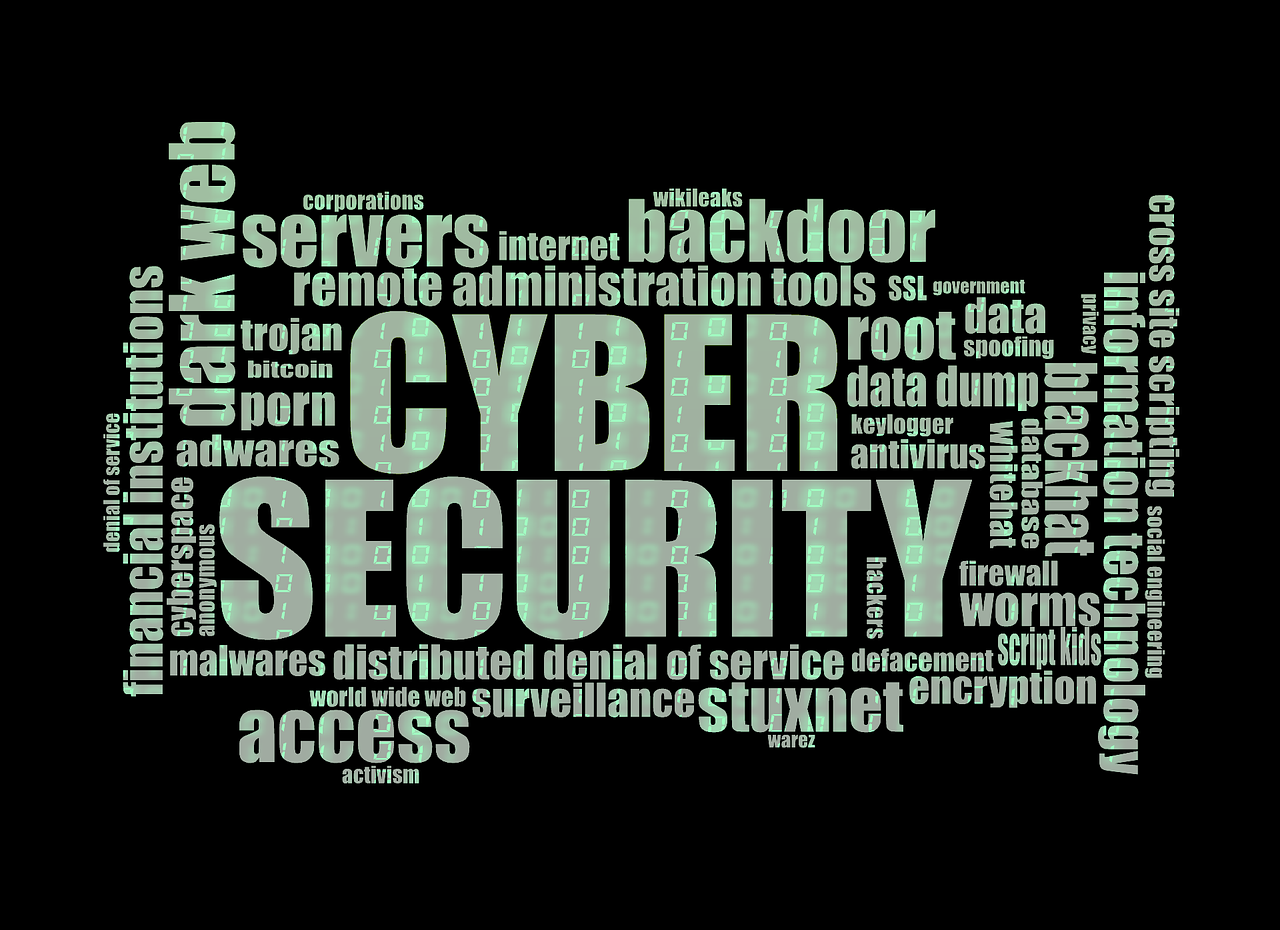
By info
•
September 26, 2023
Let’s dive into a topic that might give you the chills—cybersecurity skeletons in the closet. You may not have old skeletons hidden away in the basement. But there’s a good chance of cybersecurity vulnerabilities lurking in the shadows. Just waiting to wreak havoc. You can’t fix what you can’t see. It’s time to shine a light on these hidden dangers. So, you can take action to protect your business from potential cyber threats. Let’s get started uncovering threats that could leave your business in danger. Here are some of the most common cybersecurity issues faced by SMBs. Outdated Software: The Cobweb-Covered Nightmare We get it; updating software can be a hassle. But running outdated software is like inviting hackers to your virtual Halloween party. When software vendors release updates, they often include crucial security patches. These patches fix vulnerabilities that hackers can exploit. So, don’t let outdated software haunt your business. Keep everything up to date to ensure your digital fortress is secure. Weak Passwords: The Skeleton Key for Cybercriminals If your passwords are weak, you might as well be handing out your office keys to cyber criminals. Using “123456” or “password” as your login credentials is a big no-no. Instead, create strong and unique passwords for all accounts and devices. Consider using a mix of upper and lowercase letters, numbers, and special characters. Password managers can be a lifesaver for generating and storing complex passwords securely. As a business owner, you can’t expect your employees to do this naturally. Provide them with requirements for creating passwords. You can also set up software to force strong password creation. Unsecured Wi-Fi: The Ghostly Gateway Picture this: a cybercriminal sitting in a parked car. He’s snooping on your business’s unsecured Wi-Fi network. Scary, right? Unsecured Wi-Fi can be a ghostly gateway for hackers to intercept sensitive data. Ensure your Wi-Fi is password-protected. Make sure your router uses WPA2 or WPA3 encryption for an added layer of security. For critical business tasks consider a virtual private network (VPN). It can shield your data from prying eyes. Lack of Employee Training: The Haunting Ignorance Your employees can be your business’s strongest line of defense or its weakest link. Employee error is the cause of approximately 88% of all data breaches. Without proper cybersecurity training, your staff might unknowingly fall victim to phishing scams. Or inadvertently expose sensitive information. Regularly educate your team about cybersecurity best practices. Such as: Recognizing phishing emails Avoiding suspicious websites Using secure file-sharing methods No Data Backups: The Cryptic Catastrophe Imagine waking up to find your business’s data gone, vanished into the digital abyss. Without backups, this nightmare can become a reality. Data loss can be due to hardware failures or ransomware attacks. As well as many other unforeseen disasters. Embrace the 3-2-1 rule. Have at least three copies of your data, stored on two different media types. With one copy stored securely offsite. Regularly test your backups to ensure they are functional and reliable. No Multi-Factor Authentication (MFA): The Ghoulish Gamble Using only a password to protect your accounts is asking for trouble. It’s like having nothing but a screen door at the entrance of your business. Adding MFA provides an extra layer of protection. It requires users to provide extra authentication factors. Such as a one-time code or passkey. This makes it much harder for cyber attackers to breach your accounts. Disregarding Mobile Security: The Haunted Phones Mobile devices have become office workhorses. But they can also be haunted by security risks. Ensure that all company-issued devices have passcodes or biometric locks enabled. Consider implementing mobile device management (MDM) solutions. These will enable you to enforce security policies. As well as remotely wipe data and ensure devices stay up to date. Shadow IT: The Spooky Surprise Shadow IT refers to the use of unauthorized applications within your business. It might seem harmless when employees use convenient tools they find online. But these unvetted applications can pose serious security risks. Put in place a clear policy for the use of software and services within your business. Regularly audit your systems to uncover any shadow IT lurking under cover. Incident Response Plan: The Horror Unleashed Even with all precautions in place, security incidents can still happen. Without an incident response plan, an attack can leave your business scrambling. Develop a comprehensive incident response plan. It should outline key items. Such as how your team will detect, respond to, and recover from security incidents. Regularly test and update the plan to ensure its effectiveness.

By info
•
September 25, 2023
In today's rapidly evolving digital age, Information Technology (IT) is the backbone of most businesses. Whether it's a global enterprise or a local shop on the corner, IT plays an integral role in ensuring that operations run smoothly, efficiently, and competitively. For small businesses in particular, IT support can make the difference between thriving in a competitive market and falling behind. In this article, we'll delve into the pivotal role of **small business IT support** and how it can act as the linchpin for business success. 1. Ensuring Business Continuity One of the main roles of IT support is to ensure that a business continues to operate without interruption. Downtime can cost a business not just financially but also in terms of customer trust and brand reputation. **Small business IT support** teams implement and manage backup solutions, disaster recovery plans, and proactive monitoring to guarantee that businesses can operate even when faced with IT hiccups. 2. Enhancing Productivity In a world dominated by digital tools and software, having reliable IT support ensures that employees can make the most of these tools. Whether it's the seamless operation of a CRM system, effective email communication, or the efficient use of collaboration tools, a robust IT system allows teams to work better and faster. Moreover, IT support can introduce automation processes that eliminate repetitive tasks, allowing employees to focus on more strategic roles. 3. Safeguarding Critical Data Cybersecurity is a growing concern, especially for small businesses which might be perceived as 'easy targets' by cybercriminals due to limited resources. **Small business IT support** plays a critical role in safeguarding business data by implementing firewalls, anti-malware software, encryption, and other security measures. They also educate employees on best practices to avoid phishing scams, ensuring that a business's most valuable asset—its data—is protected. 4. Facilitating Scalability As a business grows, its IT needs change. **Small business IT support** can facilitate this growth by ensuring that IT infrastructures are scalable. This includes everything from expanding server capacities, implementing cloud solutions that grow with your business, and ensuring that software licenses are updated to accommodate a larger workforce. 5. Keeping Up with Latest Technologies Technology evolves at a breakneck speed. For a small business owner, keeping up with the latest tech trends can be overwhelming. IT support teams not only keep an eye on the latest technologies but also advise businesses on which ones could provide a competitive edge. By leveraging new and emerging technologies, small businesses can level the playing field against larger competitors. 6. Offering Cost-Efficiency While there might be an initial cost associated with setting up IT support, the long-term savings and benefits far outweigh these expenses. Think about the costs of data breaches, prolonged downtime, or the inefficiencies of outdated systems. A dedicated **small business IT support** team can help mitigate these costs by implementing efficient and secure IT systems. 7. Providing Expertise and Peace of Mind Lastly, having a dedicated IT support means having access to experts who can troubleshoot issues, offer advice, and implement solutions. This not only ensures that problems are resolved faster but also provides business owners with peace of mind, knowing that there's a team looking out for their IT needs. In Conclusion In a nutshell, IT is not just about computers and software; it's about leveraging technology to support and advance business goals. For small businesses, this support is even more crucial. Investing in **small business IT support** is not merely a cost of doing business but a strategic decision that can drive growth, innovation, and success. Embracing IT support is, without a doubt, one of the best decisions a small business can make in this digital era. With the right support, businesses can not only navigate the complex landscape of technology but also use it as a tool to propel them to new heights.

By info
•
September 14, 2023
Introduction: In today's digital age, cybersecurity isn't just an IT department's responsibility; it's a pressing concern for company directors. Especially in Australia, where legislative landscapes underscore the importance of data security. However, one area often overlooked by many business owners is the security of their Point of Sale (POS) software. Here's why it's essential and why considering an I.T. Technology Service Provider can make a significant difference: 1. Legal and Regulatory Spotlight in Australia: Corporations Act 2001 (Cth): Directors must prioritise their company's best interests. In our interconnected digital landscape, ensuring the robustness of POS software is part of this duty. Privacy Act 1988: Businesses handling personal data are under the mandate to shield it against potential threats. This points directly to the imperative need for comprehensive POS software security. 2. Financial Implications: A security breach can spell: Direct Costs: Forensic investigations, public relations efforts, and data recovery can drain resources. Indirect Costs: A tarnished brand reputation can significantly affect the company's long-term financial health. 3. Business Operations at Stake: A security glitch, especially within your POS system, can halt operations. For businesses leaning heavily on digital tools, this can be devastating. 4. Reputation is Everything: Your POS software is a trusted gateway for your customers. A breach can shatter this trust, impacting both loyalty and revenues. Why Leveraging an I.T. Technology Service Provider for your POS Solution is Beneficial: Expertise and Experience: Providers like Addictive Technology Solutions come with a wealth of experience in both the realms of technology and cybersecurity. They understand the intricacies of POS systems and can implement solutions tailored to your business needs. Customization: An I.T. Service Provider can adapt POS software to align with your business's unique requirements, ensuring efficiency without compromising security. Ongoing Support: With a dedicated team at your service, you're guaranteed timely assistance and updates, ensuring that your POS system is always ahead of potential threats. Integration Capabilities: Integrating your POS system with other business tools can be seamless with the right provider, facilitating smoother operations and more robust data protection. Why Every POS Software in Australia Needs Antivirus/Malware Protection: 1. Lessons from the Past: Major breaches, like the 2013 Target case in the USA, show that POS systems are prime targets. This breach compromised 40 million card details – a stark warning for businesses globally. 2. Tomorrow's Threats Today: Cyber threats are continuously evolving. The absence of a past breach does not guarantee future safety, especially for POS software, a treasure trove of financial data. 3. Malware Targeting POS Systems: Specific malware variants, like RAM scraping malware, are designed to infiltrate POS systems. This malware can siphon off card data during transactions, operating under the radar. 4. Compliance is Non-Negotiable: Businesses can face stiff penalties for not aligning their POS software with the Payment Card Industry Data Security Standard (PCI DSS) norms. 5. The Balancing Act of Costs: Prevention always trumps cure. The investment in antivirus/malware protection for POS software pales in comparison to potential breach costs. Conclusion: Point of Sale software isn't just a transactional tool; it's a company's gateway to its reputation, financial stability, and compliance standing. In the Australian business landscape, ensuring the cybersecurity of your POS software isn't an option—it's an imperative. And leveraging the expertise of an I.T. Technology Service Provider can provide the peace of mind and security assurance businesses need in these dynamic times. Take the Next Step: Ready to fortify your POS system's security and harness the advantages of a professional I.T. Service Provider? Reach out to the experts at Addictive Technology Solutions . Remember, in the realm of data security, proactive measures always outweigh reactive solutions. Secure your business's future today.

August 22, 2023
Apple’s iOS updates have always been eagerly anticipated. iPhone and iPad users around the world get excited to see what their devices can do next. The newest major upcoming release will be for iOS 17. This fall, Apple is set to introduce a host of exciting new features and improvements. iOS 17 promises to deliver an even more intuitive and seamless user experience. There will also be big changes for Messages and sharing across phones. In this article, we’ll take a closer look at some of the key features you can expect. Get ready to explore the latest innovations that Apple has in store for its users. Get an Instant Transcri pt of Voicemails How do you know if that voicemail that came in while in a Zoom meeting is important? iOS 17 is going to make that much easier to determine. When you get a voicemail, you’ll see a transcript of the message on your screen. No more guesswork!

By info
•
August 22, 2023
Running a small business can be challenging. But advancements in technology have opened a world of opportunities. Small business owners can use digital tools to streamline operations. As well as improve efficiency, and boost productivity. From innovative software to cutting-edge hardware, there are a lot of tools to choose from. The right technology can help small business owners stay ahead of the competition. But trying to navigate the options yourself can be confusing. Just buying apps because someone told you one was cool, might not be the best strategy. You need to focus on needs and target optimization. What are the top two challenges that SMBs experience with cloud use? They are managing costs and security. The 2023 State of the Cloud Report also found that 47% of SMBs said they lacked resources and expertise. We can help guide you to the best tech for growth and ROI. First, let’s explore some game-changing technologies. These tools can revolutionize the way you run your small business. Game-Changing Tools for Small Business Owners Are you looking to automate tasks, enhance communication, or optimize your customer experience? Look no further than the solutions below. They have the potential to make a significant impact on your business’s success. Cloud Computing for Scalability and Flexibility Cloud computing has transformed the way businesses store, access, and manage their data. Apps like Microsoft 365 and Google Workspace allow small businesses to afford more. Including, enterprise-class functions formerly enjoyed only by large companies. Other cloud-based solution examples are Microsoft Azure and Amazon Web Services (AWS). Small business owners can leverage scalable and flexible computing power. With no need for expensive on-premises infrastructure. Cloud computing provides benefits like: Easy collaboration Seamless data backup and recovery Improved accessibility This enables you and your team to work from anywhere, anytime. It can now power your entire office. This includes your phone system, document storage, accounting, customer management, and more. The cloud offers cost-effective solutions for all types of small businesses. Customer Relationship Management (CRM) Software In today’s competitive landscape, providing exceptional customer service is paramount. That’s where CRM software comes in. CRM platforms like Salesforce and HubSpot allow you to centralize customer data. You can also easily track interactions and manage customer relationships more effectively. Spreadsheets can only take you so far. They are also time-consuming to keep up with. Dropped balls can also easily result from manual processes. Especially those storing data in a non-collaborative environment. CRM software can help you improve your sales process. As well as personalize marketing campaigns and provide top-notch customer support. You can gain deeper insights into your customers’ preferences and behaviors. It also enables you to tailor your offerings to meet their needs. That customization increases customer satisfaction and loyalty. Collaboration Tools for Seamless Teamwork Efficient collaboration is crucial for small businesses. This is especially true when employees are in different offices or working remotely. Collaboration tools like Slack, Microsoft Teams, and Google Workspace facilitate this. They provide real-time communication, file sharing, and project management solutions. These platforms bring teams together. This allows for seamless collaboration, efficient task delegation, and streamlined workflows. The apps have features like chat, video conferencing, and document collaboration. These tools help your team stay connected and productive, no matter where they are. E-commerce Platforms for Online Sales The rise of e-commerce has opened new avenues for small businesses to expand their reach. More reach means more revenue opportunities. Platforms like Shopify, WooCommerce, and BigCommerce provide all-in-one solutions. They make it easy for those who are not tech-savvy to create and manage online stores. These platforms offer customizable templates, secure payment gateways, and inventory management systems. These features allow small businesses to establish a robust online presence. They can sell products or services directly to customers everywhere. Data Analytics for Informed Decision Making Data is a valuable asset for any business. Leveraging data analytics tools can provide valuable insights for informed decision-making. Platforms like Google Analytics and Microsoft Power BI can help. They enable small business owners to collect, analyze, and visualize data. These business intelligence tools connect data from various sources. By tracking website traffic, customer behavior, and sales trends, you can identify opportunities. As well as optimize marketing strategies and make data-driven decisions. Basically, data insights can help propel your business forward. Data analytics empowers small business owners. It gives them the ability to understand their target audience. It also helps them quickly identify areas for improvement. They can then make smarter business choices. Ask Us About Our Cloud Support to Boost Your Bottom Line Incorporating technology into your small business operations can be a game-changer. It enables you to streamline processes, enhance customer experiences, and boost efficiency. But it can be confusing to navigate alone. Let us help. Give us a call today to schedule a chat about optimizing your cloud efficiency and costs. Article used with permission from The Technology Press.

By info
•
August 22, 2023
In today’s ever-evolving digital landscape, small businesses have more opportunities than ever. Many of these call for leveraging technology to their advantage. Embracing the right tech trends can help businesses compete. It enables them to streamline operations, enhance customer experiences, and fuel growth. But it can be confusing knowing which routes to take. Most small businesses need to choose the route that is going to bring the biggest return. Below, we’ll explore five small business tech trends. These trends have the potential to drive success. As well as propel your business forward in an increasingly competitive market. 1. Cloud Computing: Expanding Possibilities Cloud computing has emerged as a game-changer for businesses of all sizes. And some believe small businesses are among the most benefitted. 82% of small to medium businesses report reduced costs after adopting cloud tools. The cloud offers many benefits. It’s a cost-effective and scalable solution for data storage, software access, and collaboration. By migrating to the cloud, small businesses can save. They cut the need for on-premises infrastructure. This reduces maintenance costs and gives enhanced flexibility. Also, cloud-based tools and platforms enable teams to work remotely. This can promote collaboration and improve productivity. Working in the cloud offers access to real-time data and apps from any location. This enables small businesses to make informed decisions faster. They can also respond to market changes with agility. 2. Artificial Intelligence: Automating Efficiency Artificial Intelligence (AI) has revolutionized the way businesses operate. This year alone, ChatGPT has completely transformed many business apps. We cannot overstate AI’s potential benefits for small businesses. AI-powered tools and algorithms can automate routine tasks. Such as data entry, customer service, and inventory management. This frees up valuable time for employees to focus on higher-value activities. Chatbots, for instance, enable small businesses to provide 24/7 customer support. All without the need for more staff or paying overtime hours. AI also empowers businesses to gain actionable insights from vast amounts of data. This helps them optimize processes, personalize marketing strategies, and enhance customer experiences. Embracing AI technologies can give small businesses a competitive edge. It does this by boosting efficiency, reducing costs, and improving decision-making. 3. E-commerce and Mobile Commerce: Expanding Reach The rise of e-commerce and mobile commerce has opened up new avenues for small businesses. They can now easily reach a global audience. Using websites and apps, companies can sell anywhere at any time. It’s easier than ever to put up a secure payment gateway and take payments online. These “plug-and-play” e-commerce sites and apps can create a seamless user experience. This allows small businesses to build trust and encourage repeat purchases. Businesses can easily understand customer preferences by leveraging data analytics. They can also optimize inventory management and personalize marketing campaigns. By embracing e-commerce and mobile commerce, small businesses can grow quickly. They can extend their reach beyond geographical boundaries. As well as tap into new markets, thereby fueling growth opportunities. 4. Data Security: Safeguarding Trust As businesses increasingly rely on digital technologies, data security becomes paramount. Small businesses are just as vulnerable to cyber threats as larger enterprises. This makes it essential to prioritize data security measures. 46% of all data breaches impact businesses with less than 1,000 employees. It’s important to put robust cybersecurity practices in place. This includes things like: Encryption Multi-factor authentication Regular data backups Endpoint protection Identity and access management Advanced threat protection Additionally, two more tactics to proactively manage risks include: Staying informed about emerging threats Investing in employee training Customers value businesses that focus on their data security. A strong security posture can instill trust and confidence. This leads to long-term customer loyalty and positive brand reputation. 5. Automation and Workflow Integration: Streamlining Operations Automating business processes can significantly streamline operations. When small businesses integrate workflows they save time and money. Workflow automation eliminates repetitive manual tasks. It also reduces human error and enhances efficiency. Think about integrating various systems and applications. Such as customer relationship management (CRM), project management, and accounting software. Integration can end silos and ensure seamless information flow across different departments. Other benefits include: Enabling better coordination Fostering collaboration Optimizing resource allocation Improving productivity Enhancing customer satisfaction Small businesses that leverage automation and workflow integration gain a competitive advantage. They operate more efficiently and deliver superior experiences to their customers. Take an Important Step Toward Digital Growth In today’s digital era, small businesses have a ton of tech tools and trends at their disposal. But it takes guidance to know what to do and how to do it. While embracing cloud computing, AI, e-commerce, data security, and automation can help. To stay competitive small businesses need a clear and affordable path. One that makes sense for their business goals. We can be your digital transformation guide. Give us a call today to schedule a chat about tech solutions to fuel your growth. Article used with permission from The Technology Press.

By info
•
August 22, 2023
LinkedIn has become an invaluable platform for professionals. People use it to connect, network, and explore business opportunities. But with its growing popularity have come some red flags. There has been an increase in the presence of fake LinkedIn sales bots. These bots impersonate real users and attempt to scam unsuspecting individuals. This is one of the many scams on LinkedIn. According to the FBI, fraud on LinkedIn poses a “significant threat” to platform users. In this blog post, we will delve into the world of fake LinkedIn sales bots. We’ll explore their tactics and provide you with valuable tips. You’ll learn how to spot and protect yourself from these scams. By staying informed and vigilant, you can foster a safer LinkedIn experience. Identifying Fake LinkedIn Sales Connections Social media scams often play on emotions. Who doesn’t want to be thought of as special or interesting? Scammers will reach out to connect. That connection request alone can make someone feel wanted. People often accept before researching the person’s profile. Put a business proposition on top of that, and it’s easy to fool people. People that are looking for a job or business opportunity may have their guard down. There is also an inherent trust people give other business professionals. Many often trust LinkedIn connections more than Facebook requests. How can you tell the real requests from the fake ones? Here are some tips on spotting the scammers and bots. Incomplete Profiles and Generic Photos Fake LinkedIn sales bots often have incomplete profiles. They’ll have very limited or generic information. They may lack a comprehensive work history or educational background. Additionally, these bots tend to use generic profile pictures. Such as stock photos or images of models. If a profile looks too perfect or lacks specific details, it could be a red flag. Genuine LinkedIn users usually provide comprehensive information. They do this to establish credibility and foster trust among their connections. Impersonal and Generic Messages One of the key characteristics of fake sales bots is their messaging approach. It’s often impersonal and generic. These bots often send mass messages that lack personalization. They may be no specific references to your profile or industry. They often use generic templates or scripts to engage with potential targets. Legitimate LinkedIn users, typically tailor their messages to specific individuals. They might mention shared connections, recent posts, or industry-specific topics. Exercise caution If you receive a message that feels overly generic. Or one that lacks personalization. Be sure to scrutinize the sender’s profile before proceeding further. Excessive Promotional Content and Unrealistic Claims Fake LinkedIn sales bots are notorious for bombarding users. You’ll often get DMs with excessive promotional content and making unrealistic claims. These bots often promote products or services aggressively. Usually without offering much information or value. They may promise overnight success, incredible profits, or instant solutions to complex problems. Genuine professionals on LinkedIn focus on building relationships. They try to provide valuable insights and engage in meaningful discussions. Instead of resorting to constant self-promotion. Be wary of connections that focus solely on selling. And that don’t offer any meaningful content or engagement. Inconsistent or Poor Grammar and Spelling When communicating on LinkedIn, pay attention to the grammar and spelling of messages. You may dismiss an error from an international-sounding connection, but it could be a bot. Fake LinkedIn sales bots often display inconsistent or poor grammar and spelling mistakes. These errors can serve as a clear sign that the sender is not genuine. Legitimate LinkedIn users typically take pride in their communication skills. They try to maintain a high standard of professionalism. If you encounter messages with several grammatical errors or spelling mistakes, exercise caution. Investigate further before engaging with the sender. Unusual Connection Requests and Unfamiliar Profiles Fake LinkedIn sales bots often send connection requests to individuals indiscriminately. They may target users with little regard for relevance or shared professional interests. Be cautious when accepting connection requests from unfamiliar profiles. Especially if the connection seems unrelated to your industry or expertise. Take the time to review the requesting profile. Check their mutual connections, and assess the relevance of their content. Legitimate LinkedIn users are more likely to have a connection. They typically send connection requests to others with shared interests or professional networks. Need Training in Online Security? Spotting fake LinkedIn sales bots is crucial for maintaining a safe online experience. By being vigilant, you can protect yourself from potential scams. AI is causing an increase in the sophistication of scams. You may need some help navigating what’s real and fake. Employees can also benefit by learning social media security. Need help with personal or team cybersecurity training? We have a team of friendly experts that can improve your scam detection skills. Give us a call today to schedule a chat. Article used with permission from The Technology Press.

